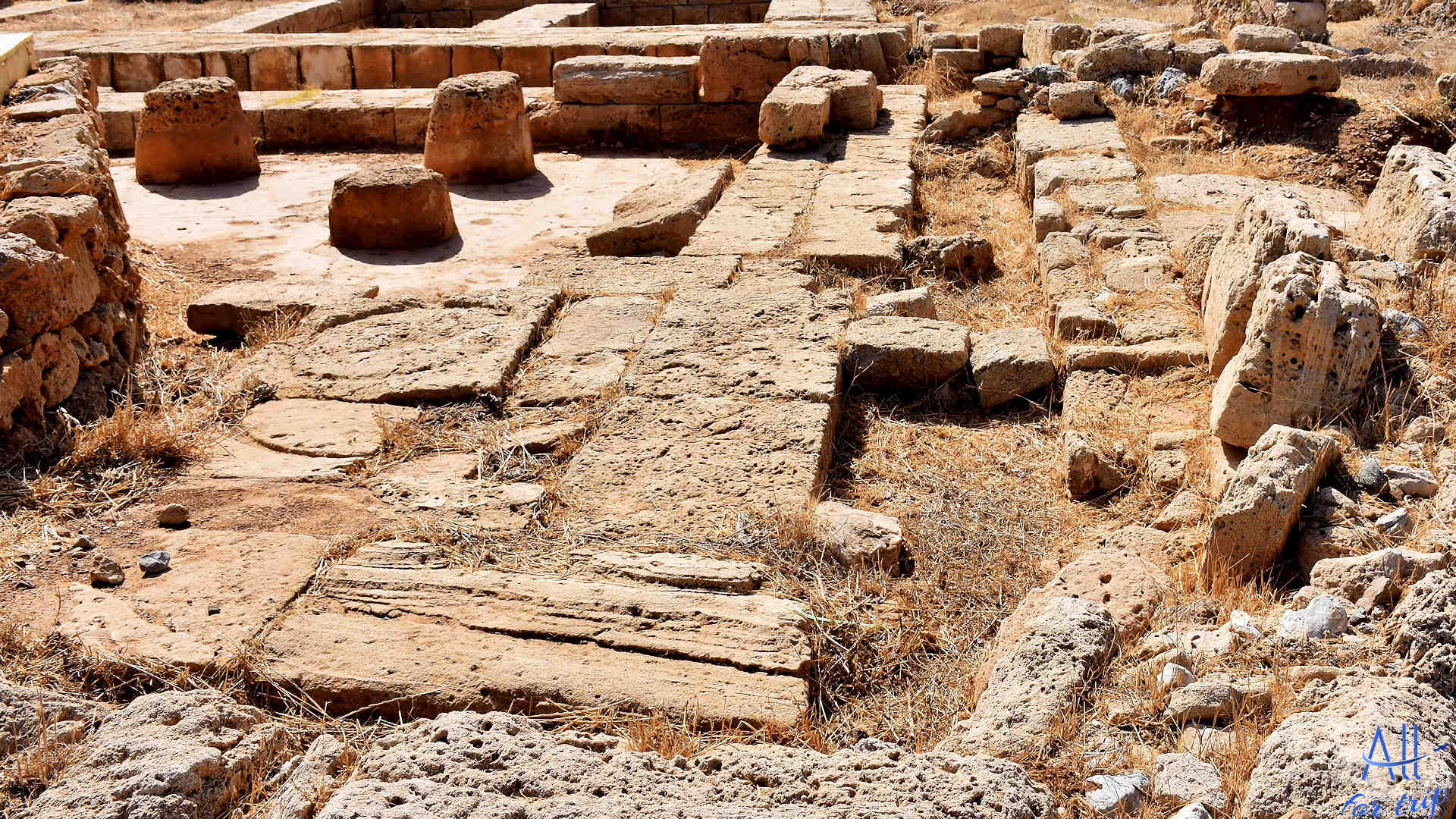
Ancient Phalasarna
Archaeological site of Falassarna
which includes Ancient Phalasarna
Visiting hours: daily 09:00 – 15:00, except Mondays and weekends.
Free entrance.
The Phalasarna or Falasarna is not only one of the most beautiful beaches in the world, with crystal with clear water.
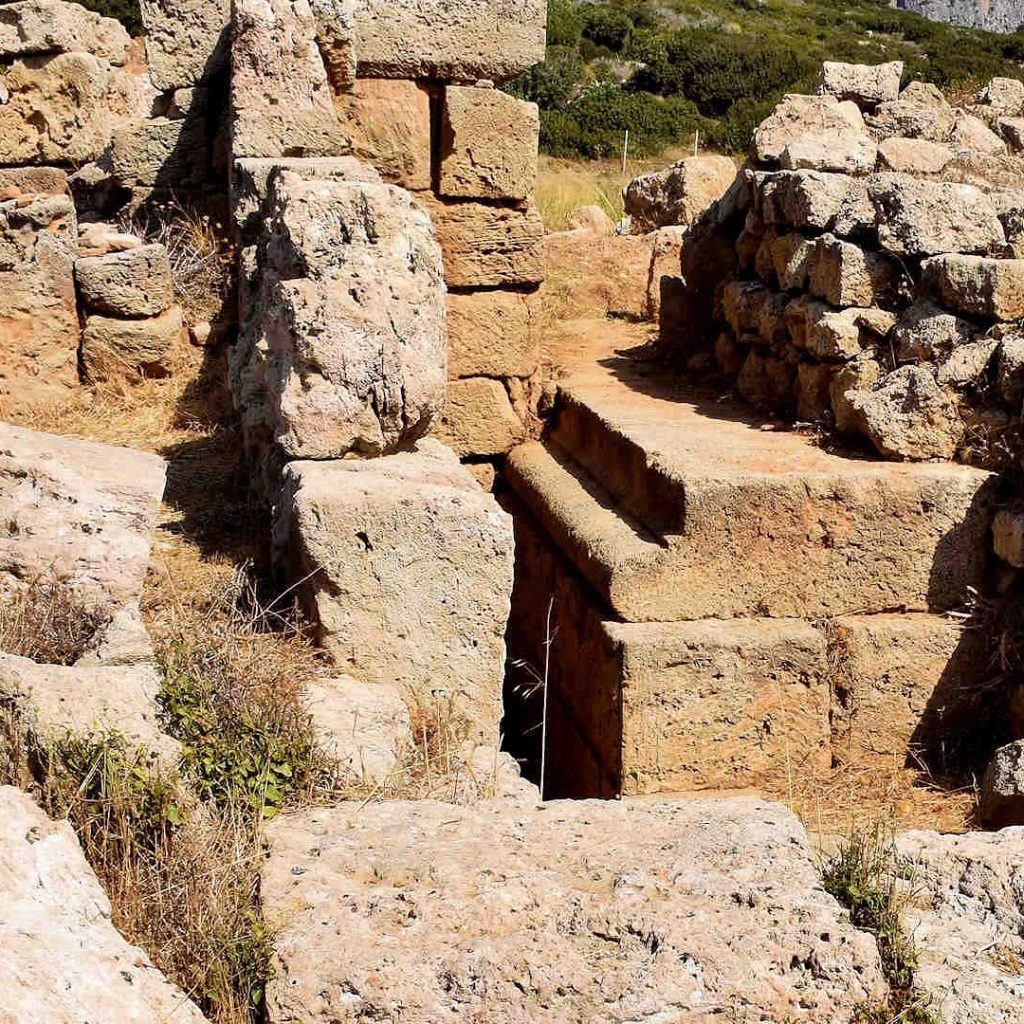
It is not just an agricultural area, and a tourist attraction.
It is true: the valley is full of olive groves and all year round, mainly tomatoes are produced in this area.
The Falasarna was originally a city-state and Greek port city, at the western end of Crete.
Dorians founded Phalasarna, around the 7th century BC.
Phalasarna was a maritime power.
– the harbor was reason for the city’s existence
– the harbor was source of its wealth
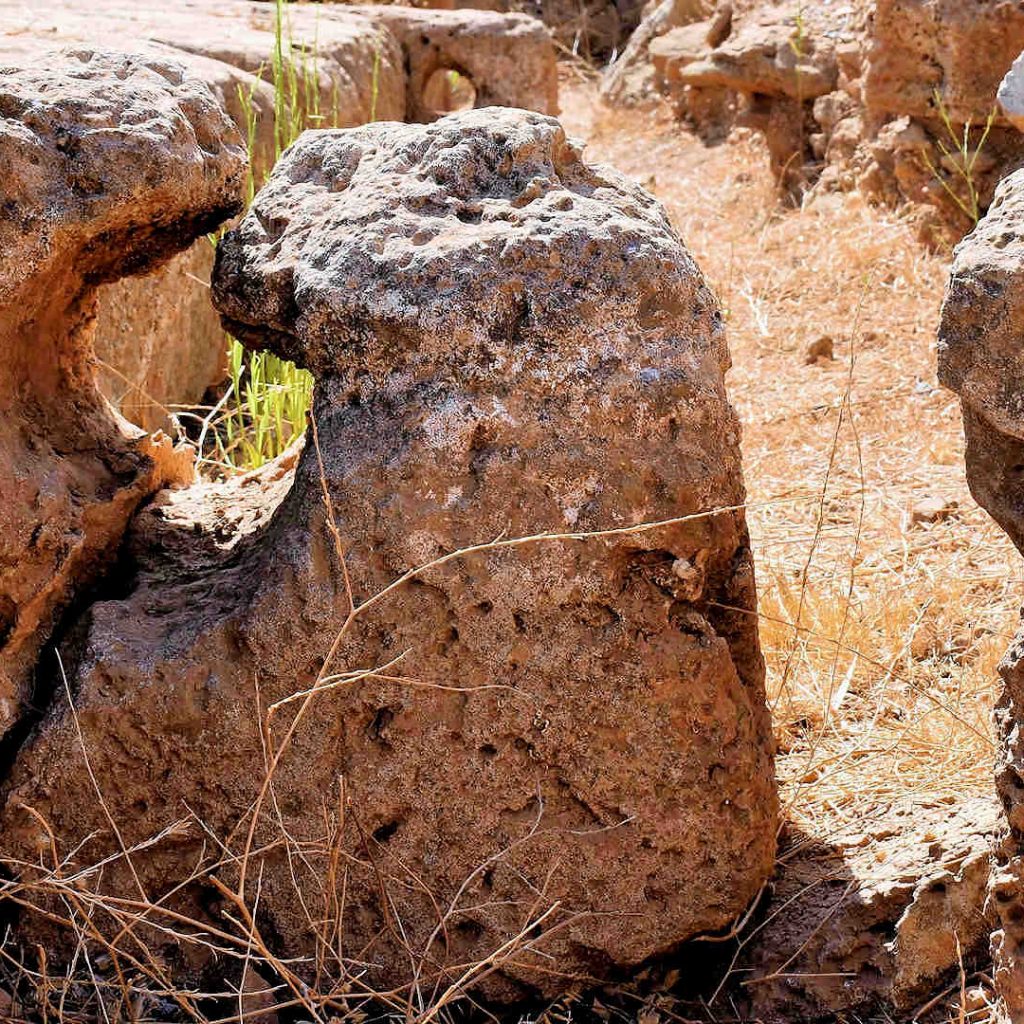
From this period onwards, maritime trade was governed: between North Africa and Italy.
Their city-state had laws and a political system, that led to the formation of a progressive community.
Phalasarna city-state issued own coin: silver and copper coins.
The city-state employed military advisers and thousands of mercenaries. The mercenaries were very well trained soldiers. The Falasarnians were the leaders of the military campaigns of the Greek kings.
The workshops made elegant pots and sculptures, based on Athenian prototypes. Phalasarna’s art, architecture, and management of the seas, were significant in ancient Greek history.
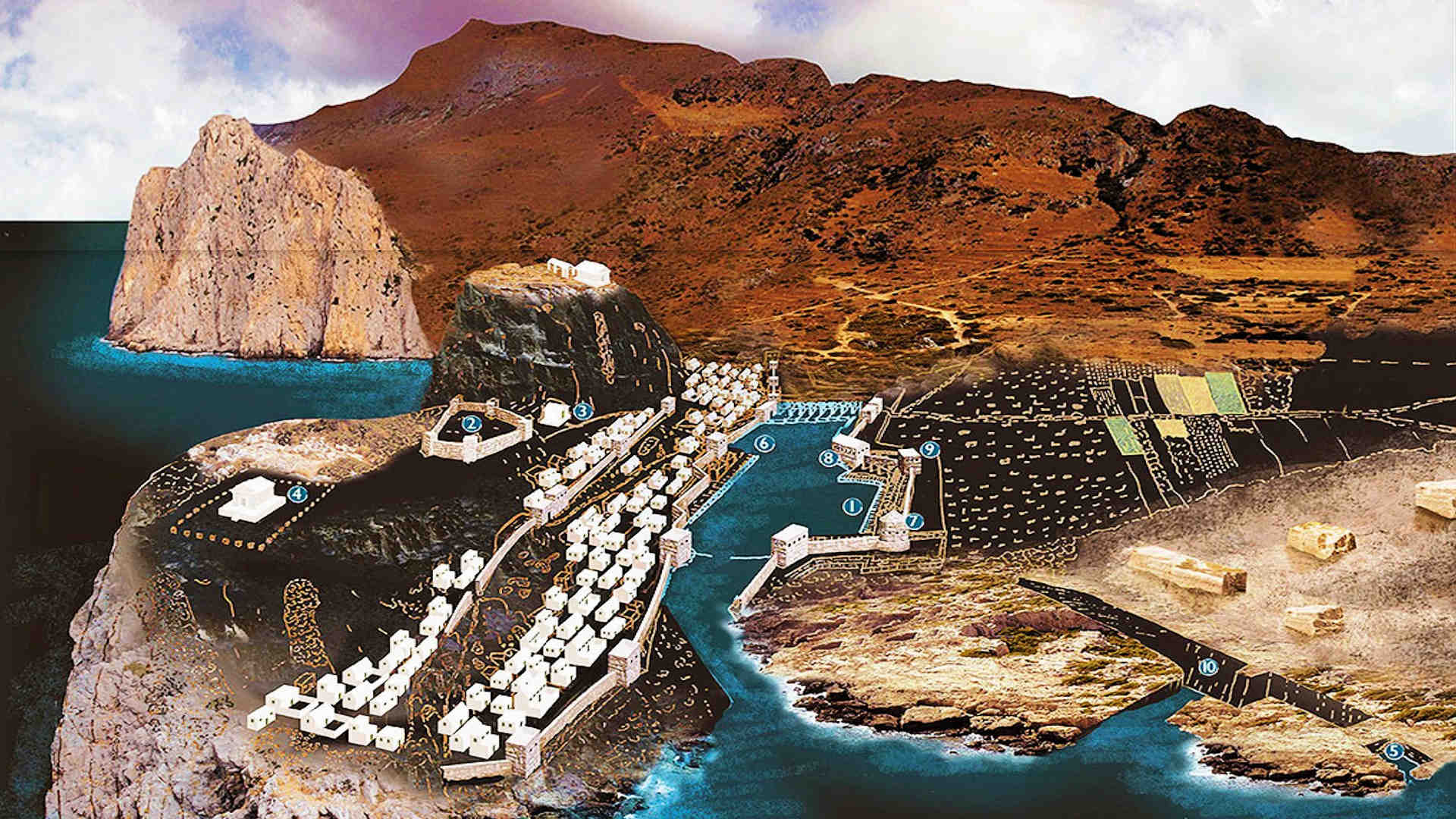
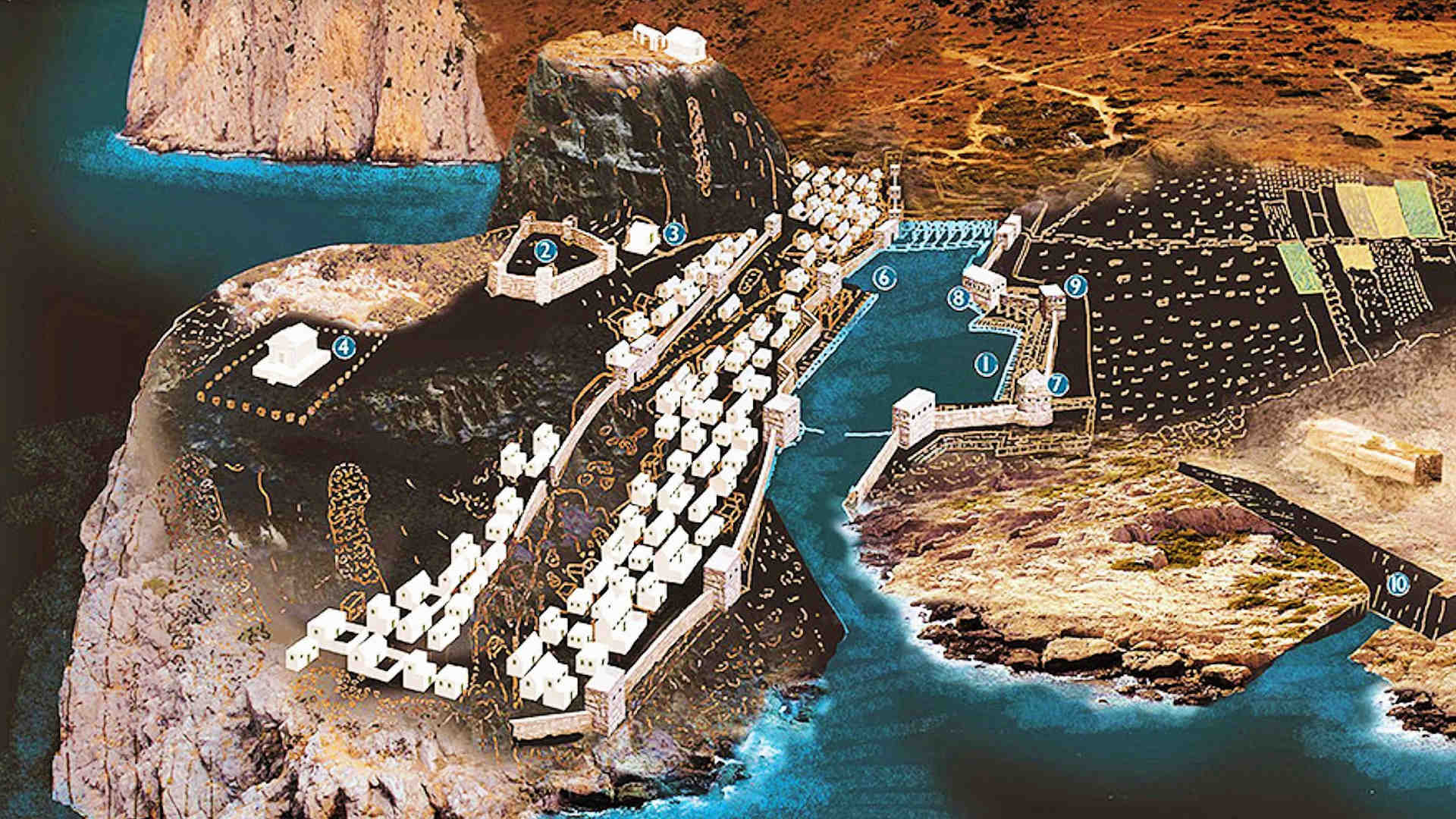
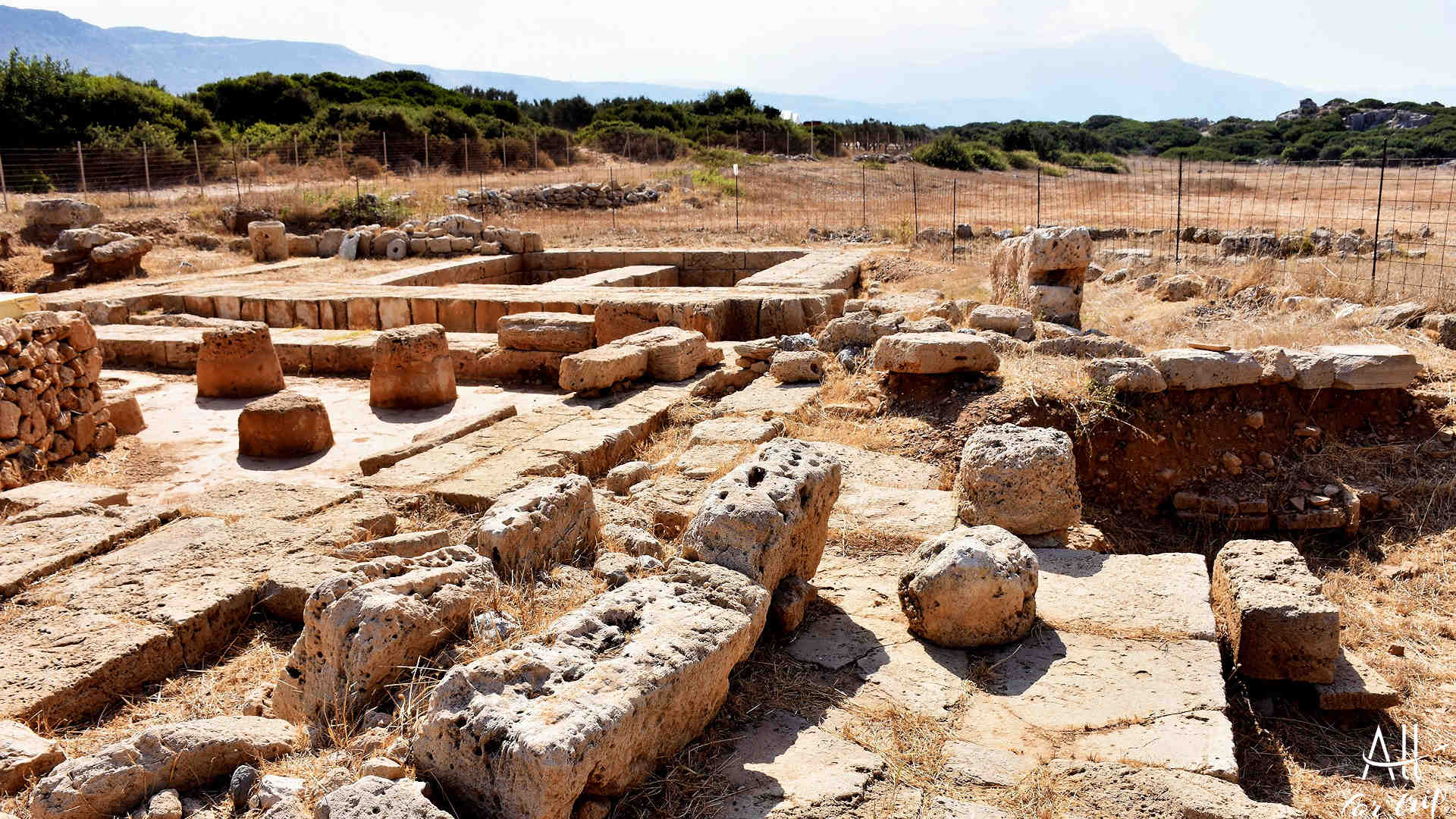
It flourished during the Hellenistic period: from the middle of the 4th century BC – until the middle of the 1st century BC.
Naval trade, and warfare were developed.
The strategic position of the city was unique:
– was located on the trade route between the Aegean Sea and Egypt
– was at the west-east crossing of the Mediterranean
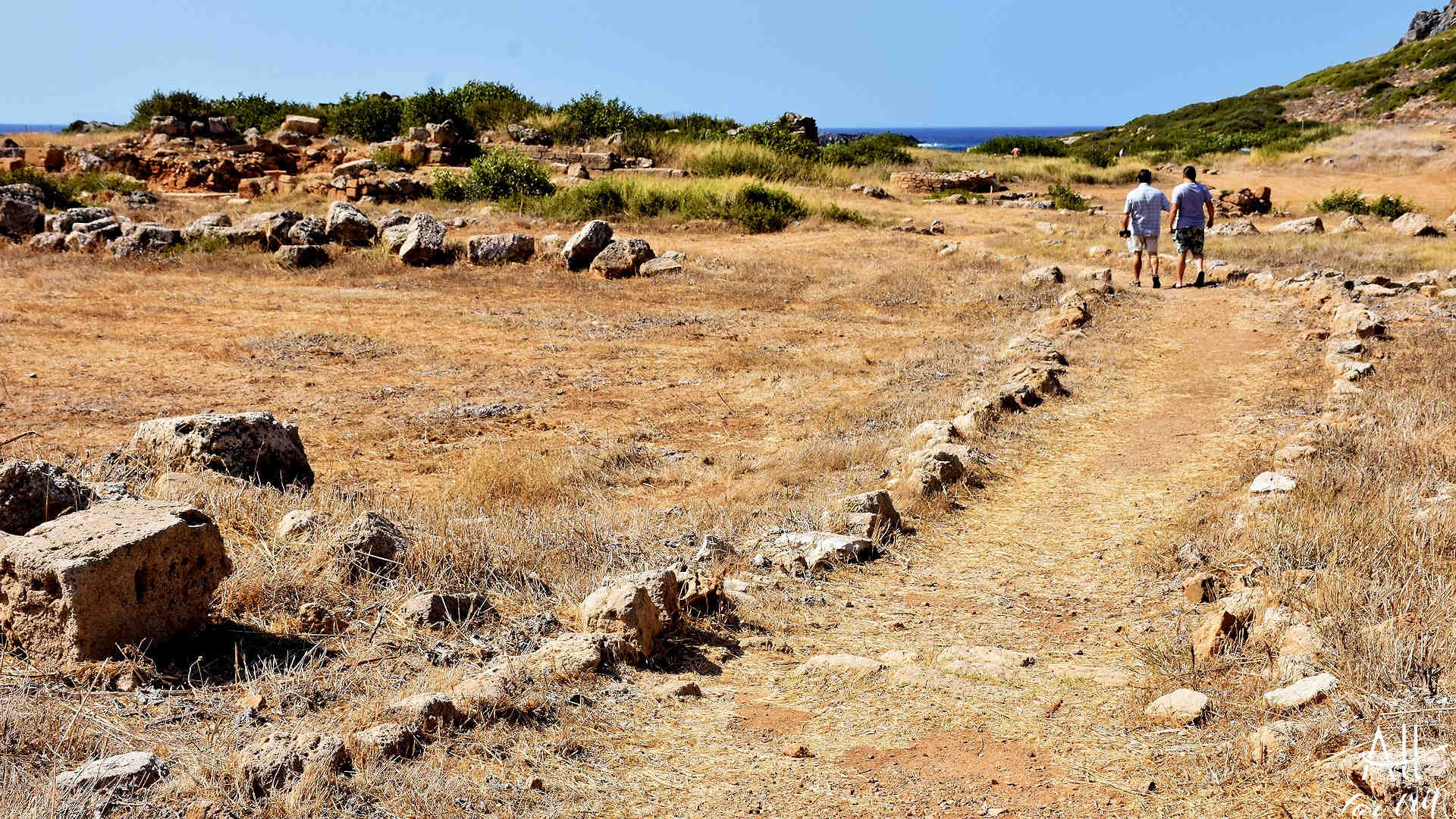
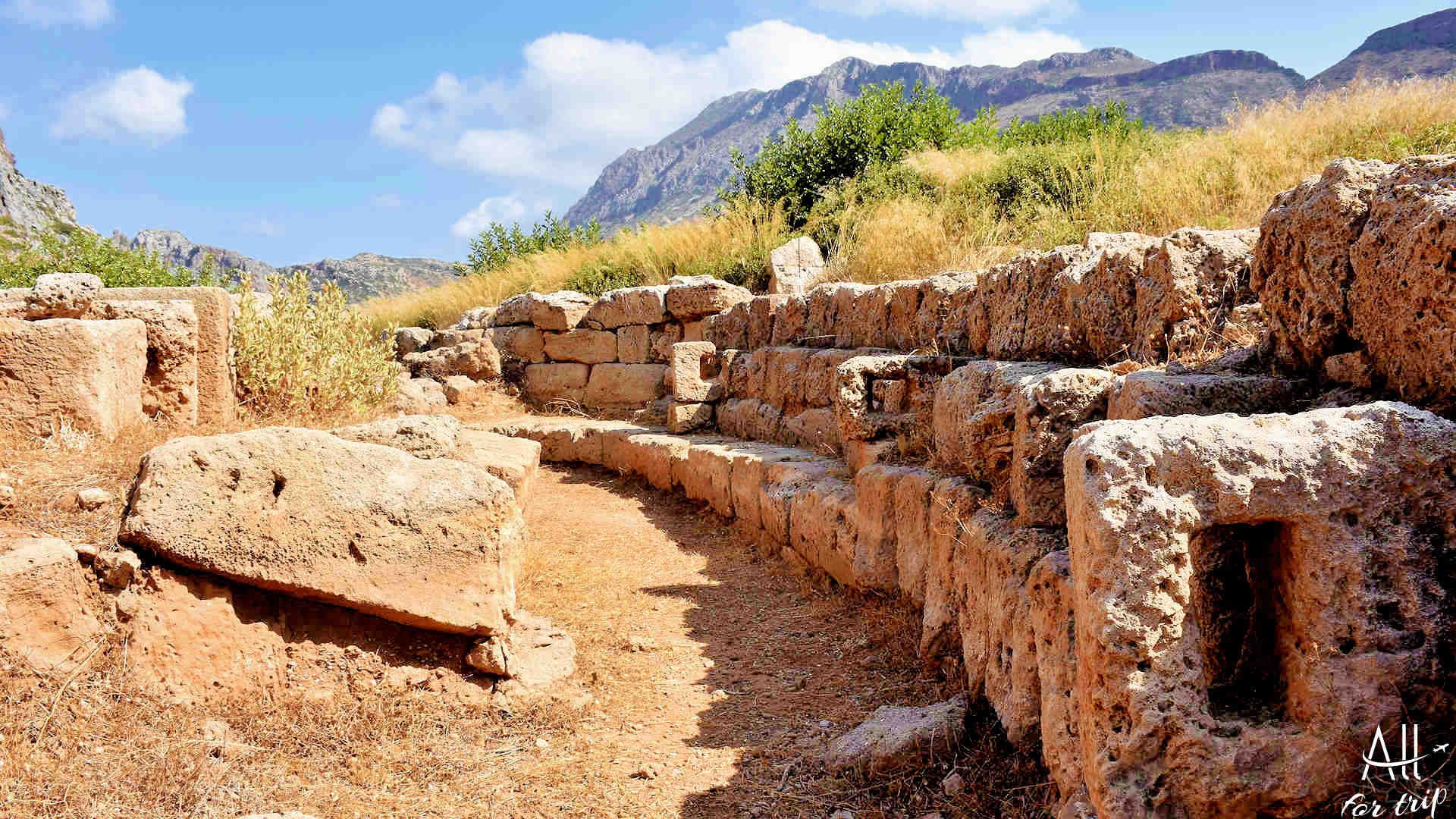
Phalasarna was involved in two major wars with neighboring city-states during the Hellenistic period.
The first:
It was Polyrrhenia, probably sparked by land disputes. It began at the end of the fourth century and ended around 290 BC.
Mediated by Cleonymus of Sparta. The peace treaty was written on a stone tablet, which is now in the Kissamos Museum.
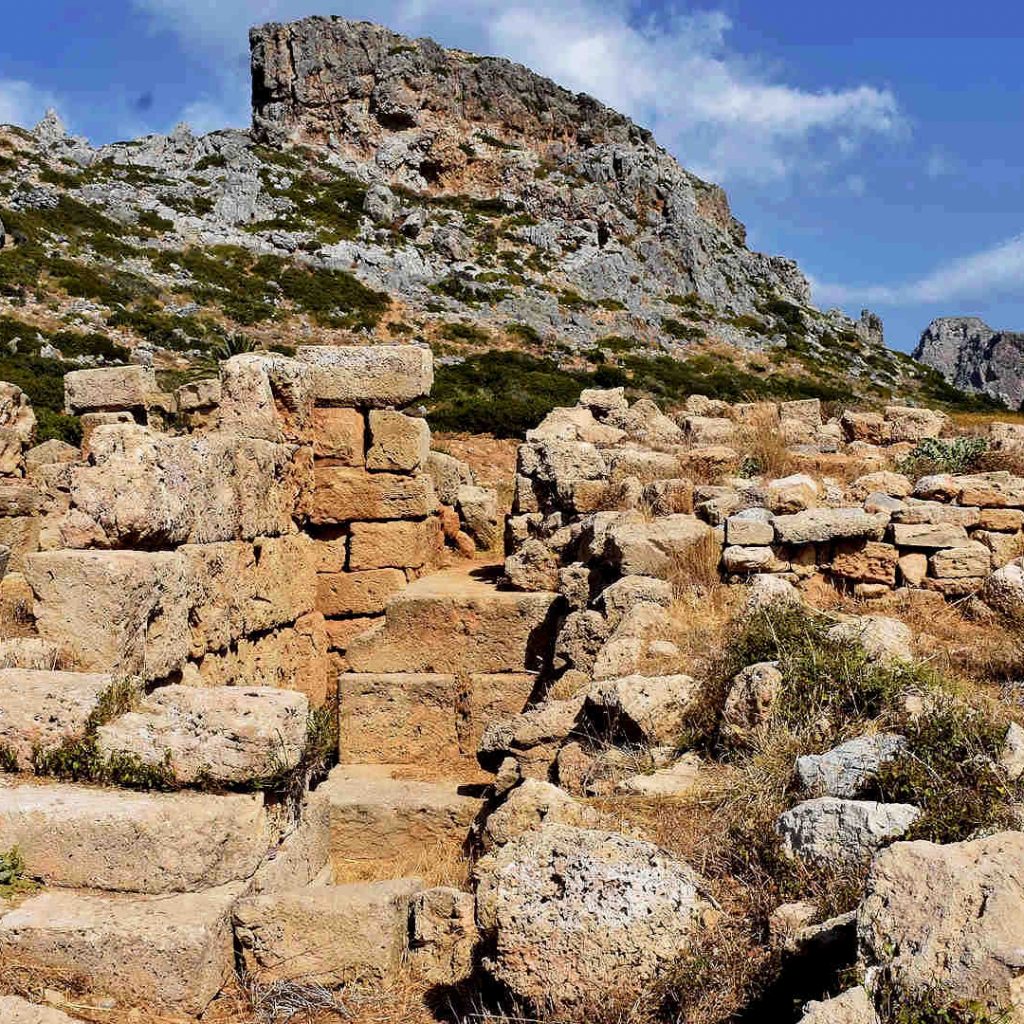
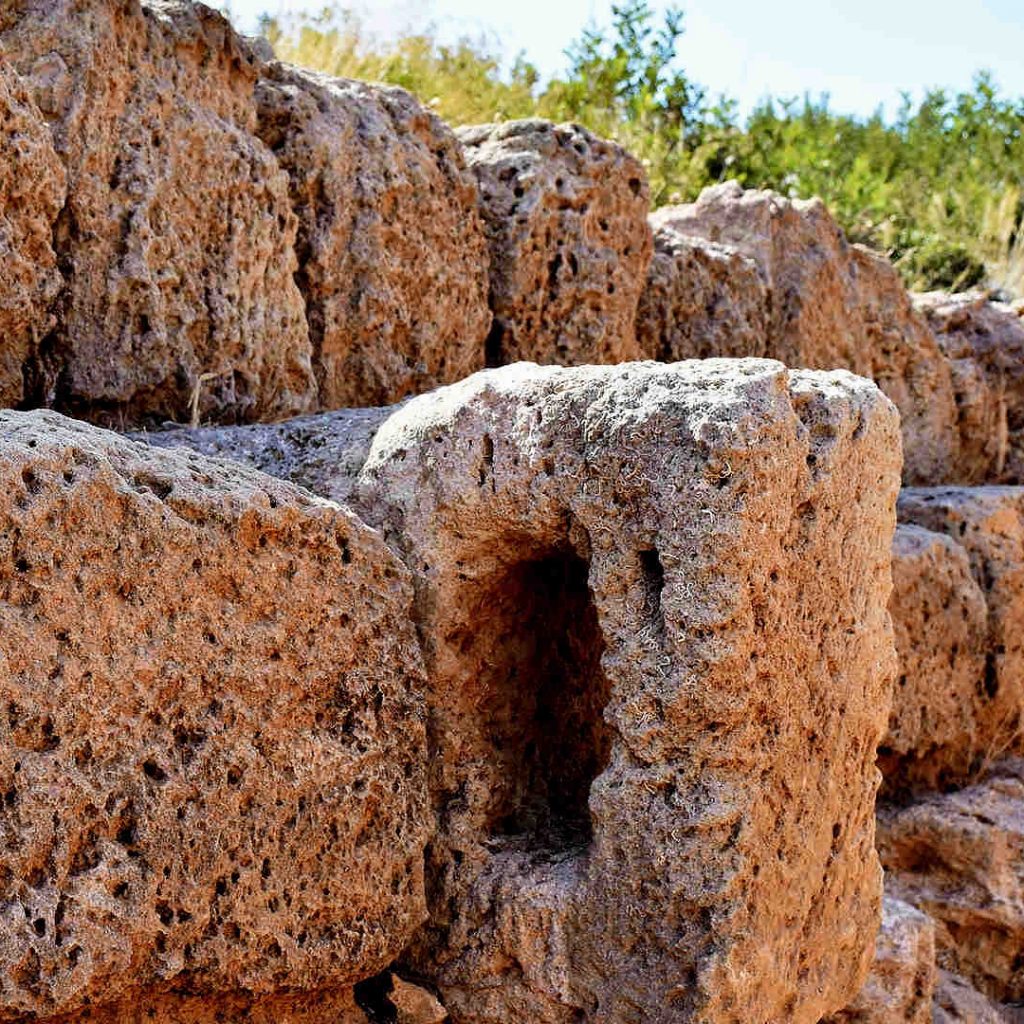
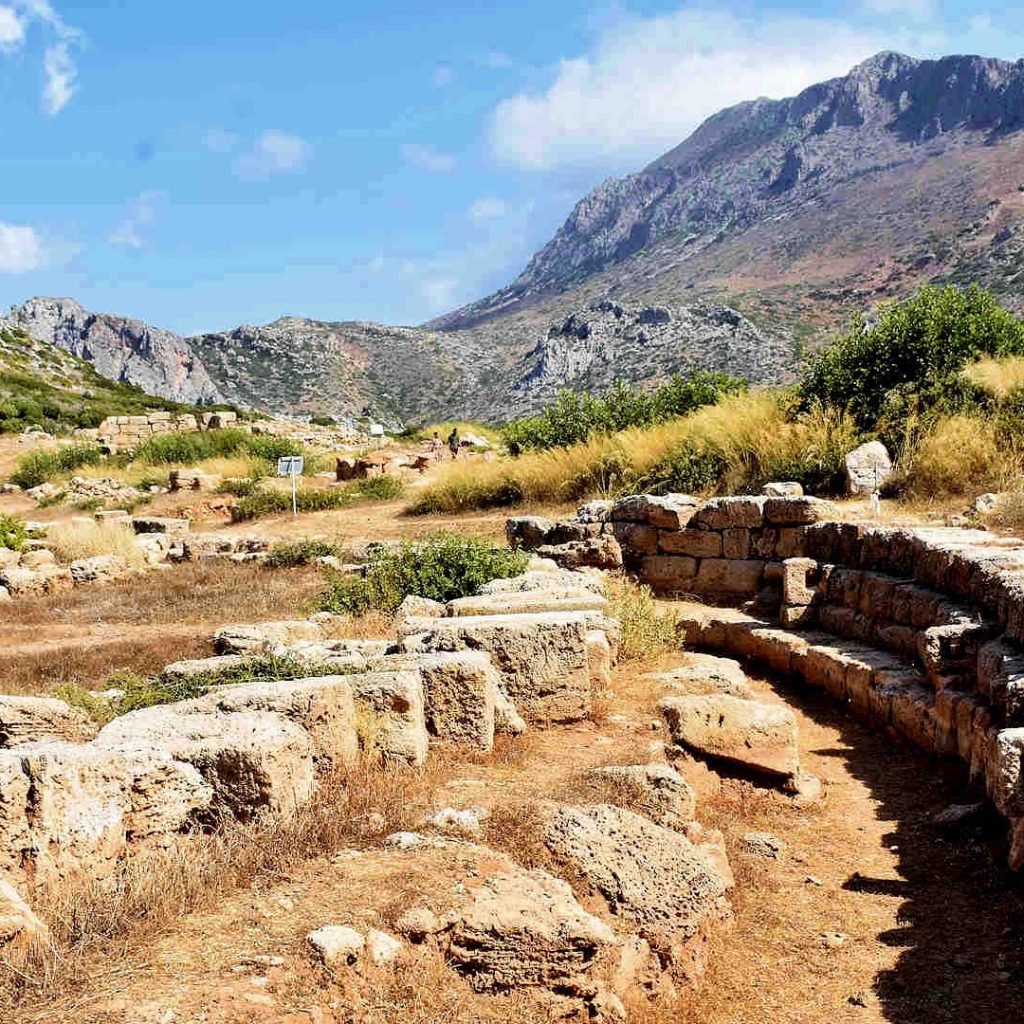
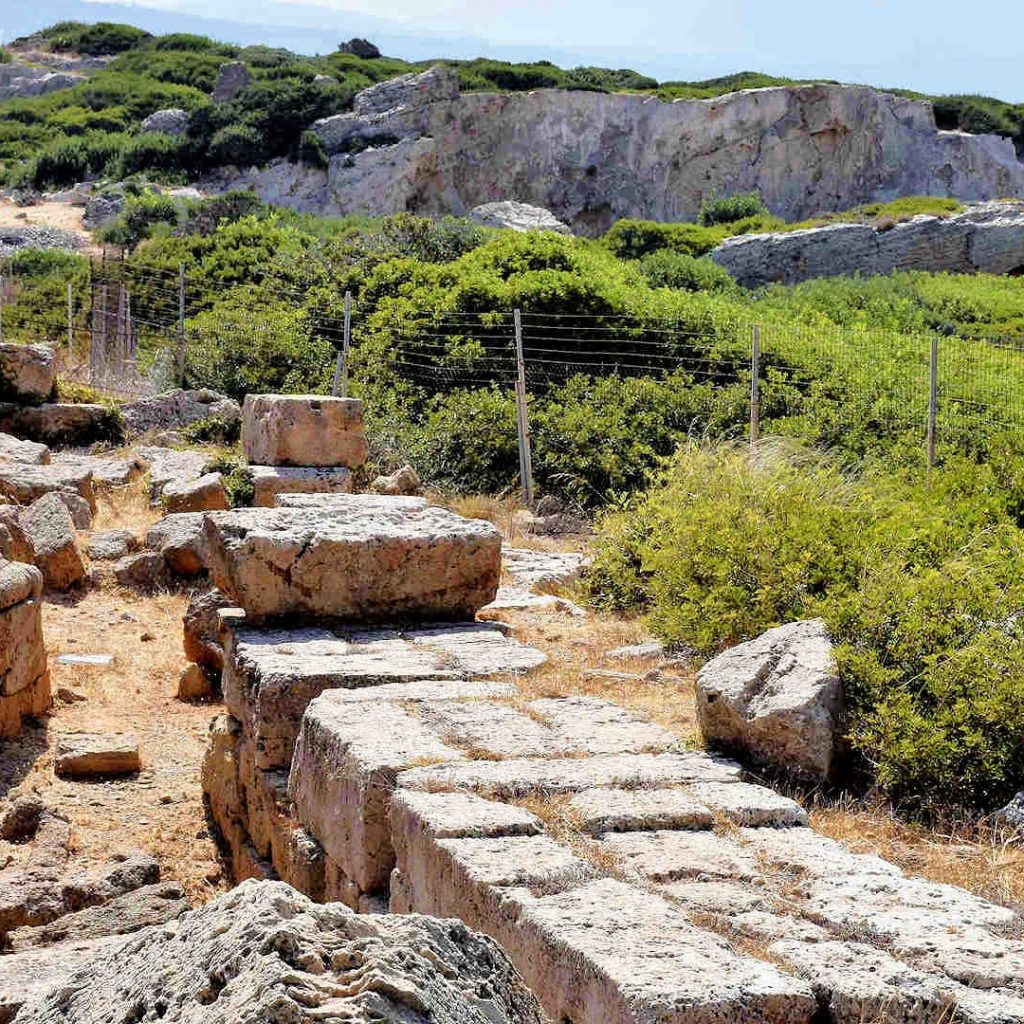
The second:
Around 184 BC, war was fought with Cydonia. The disputes were eventually resolved through Roman intervention (Polybius).
However, the ongoing wars against the city-states weakened Phalasarna.
Due to frequent earthquakes, sea level changes have damaged buildings and infrastructure. Citizens turned to piracy.
That was the reason, that the inhabitants of Phalasarna engaged in piracy in the third century BC. This was the general practice of the Cretan city-states at the time.
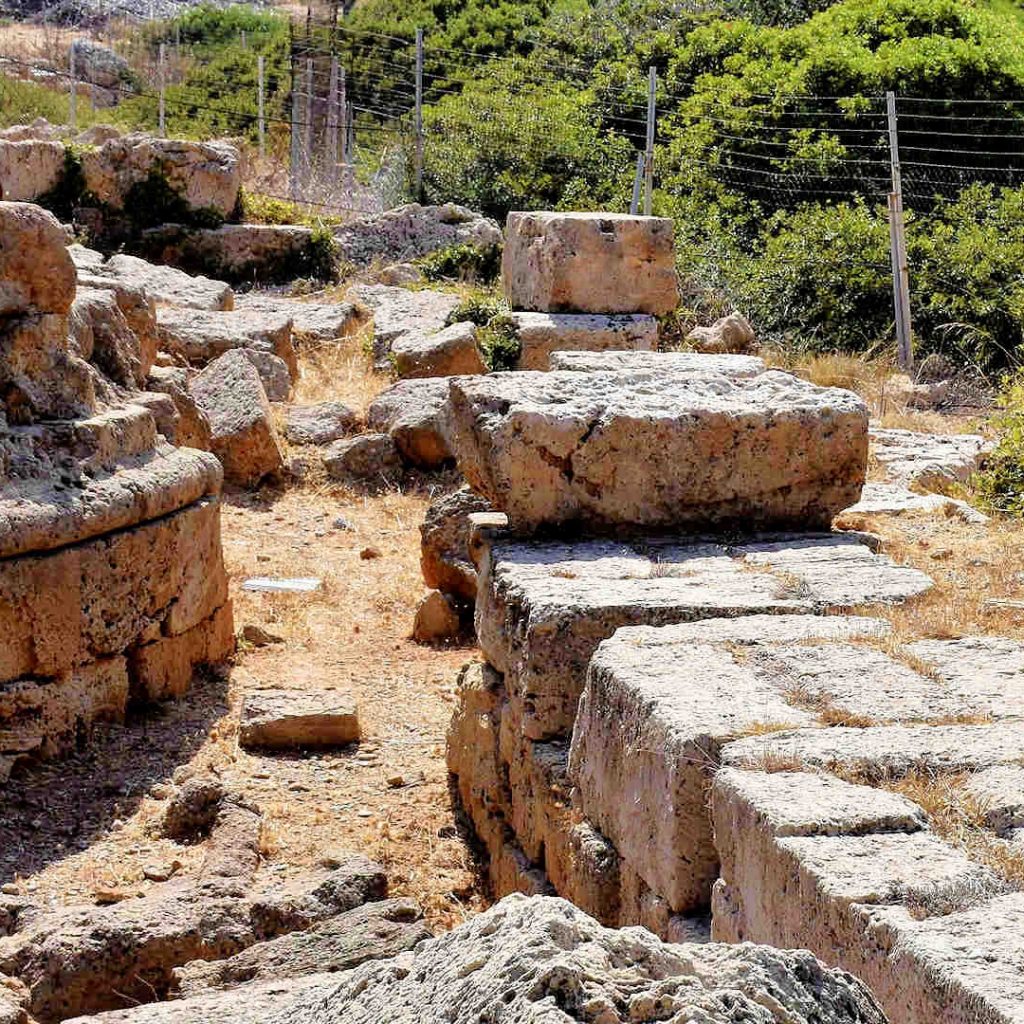
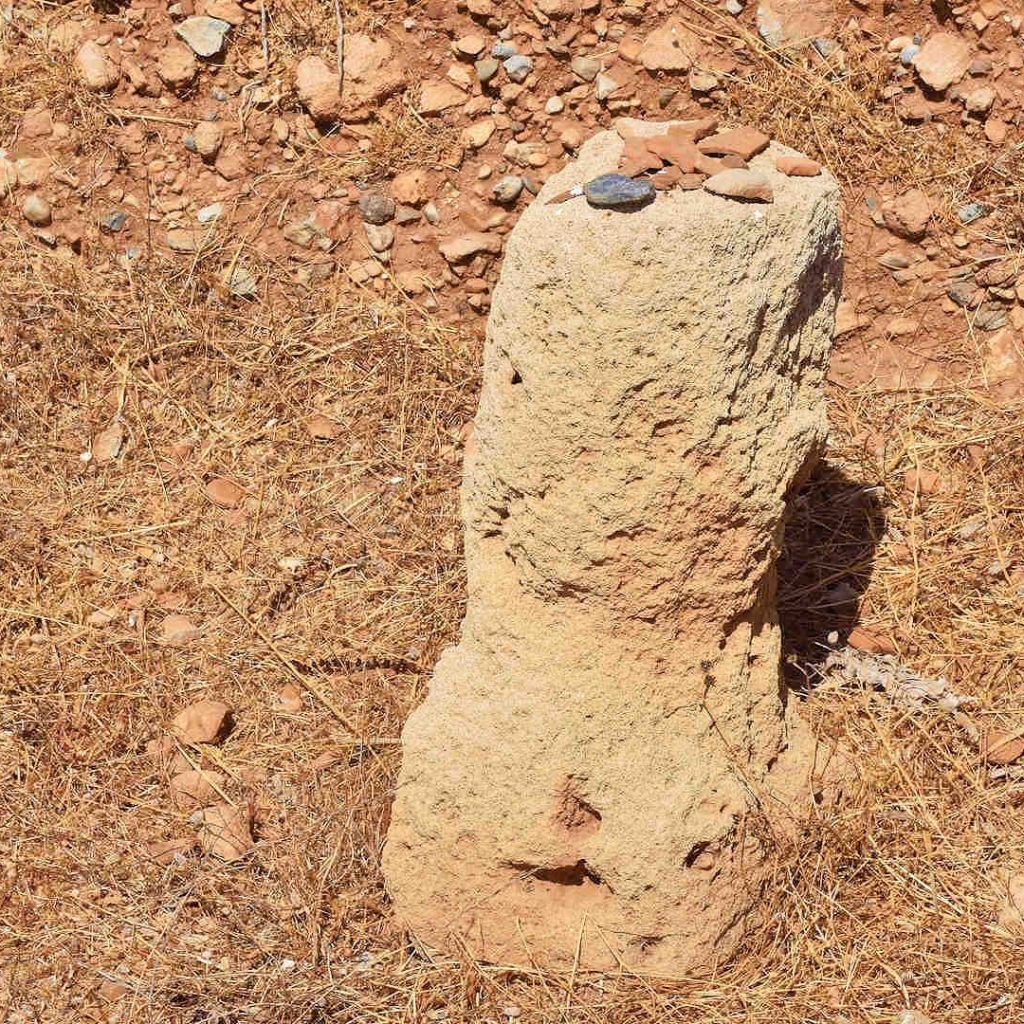
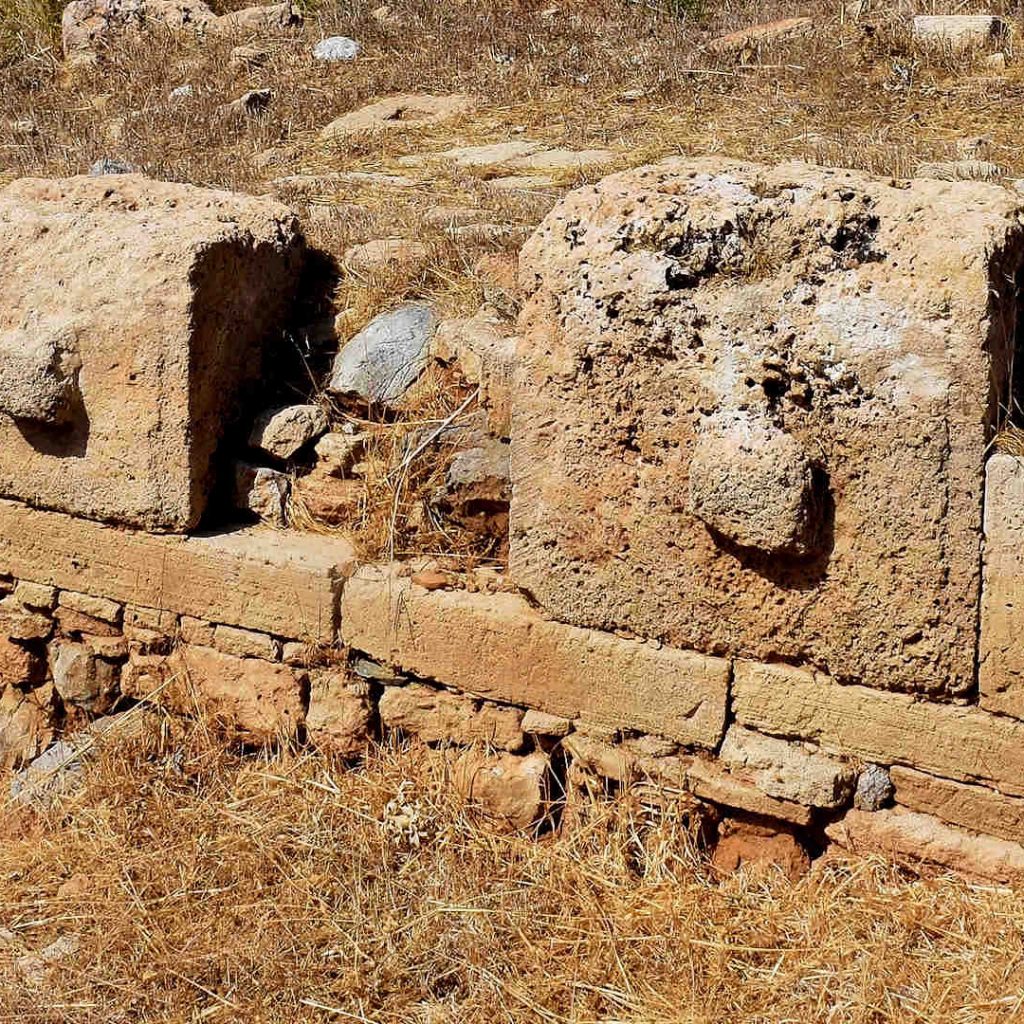
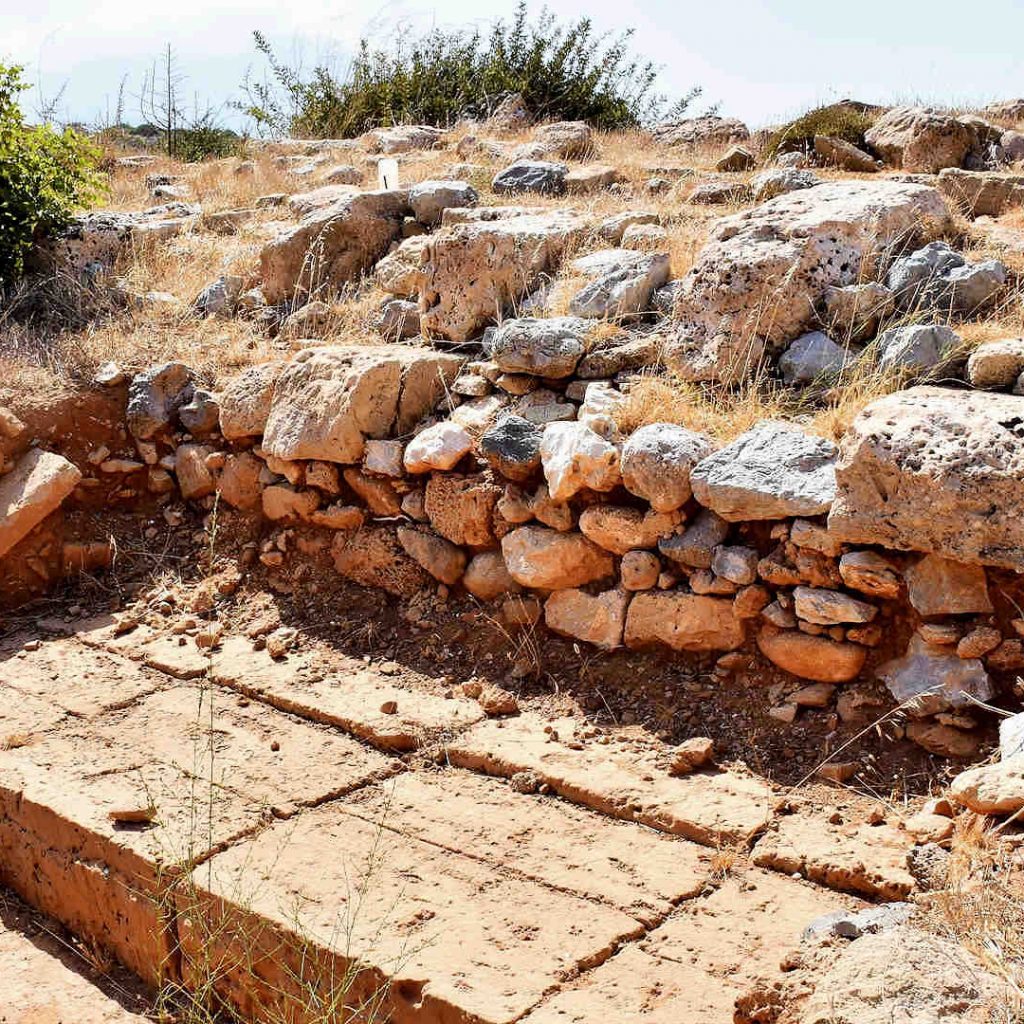
69-67 BC – The Romans sent forces to eradicate piracy. From the eastern Mediterranean: Phalasarna was stormed. They closed the port. This prevented trading. The whole city was destroyed, its citizens were probably killed.
21st July 365 – It was one of the largest earthquakes in recorded history. It was recorded by Ammianus Marcellinus. It earthquakes had rendered once famous port unusable forever. The remains of the city were flooded with tsunamis, and buried in mud. It was lost for the next 1600 years.
19th century – The site was rediscovered by British explorers Robert Pashley and Captain T. A. B. Spratt.
1859 – Spratt noted: harbor of the deserted site was now 100 yards from the sea, and that the ancient sea coast must have risen at least twenty four feet.
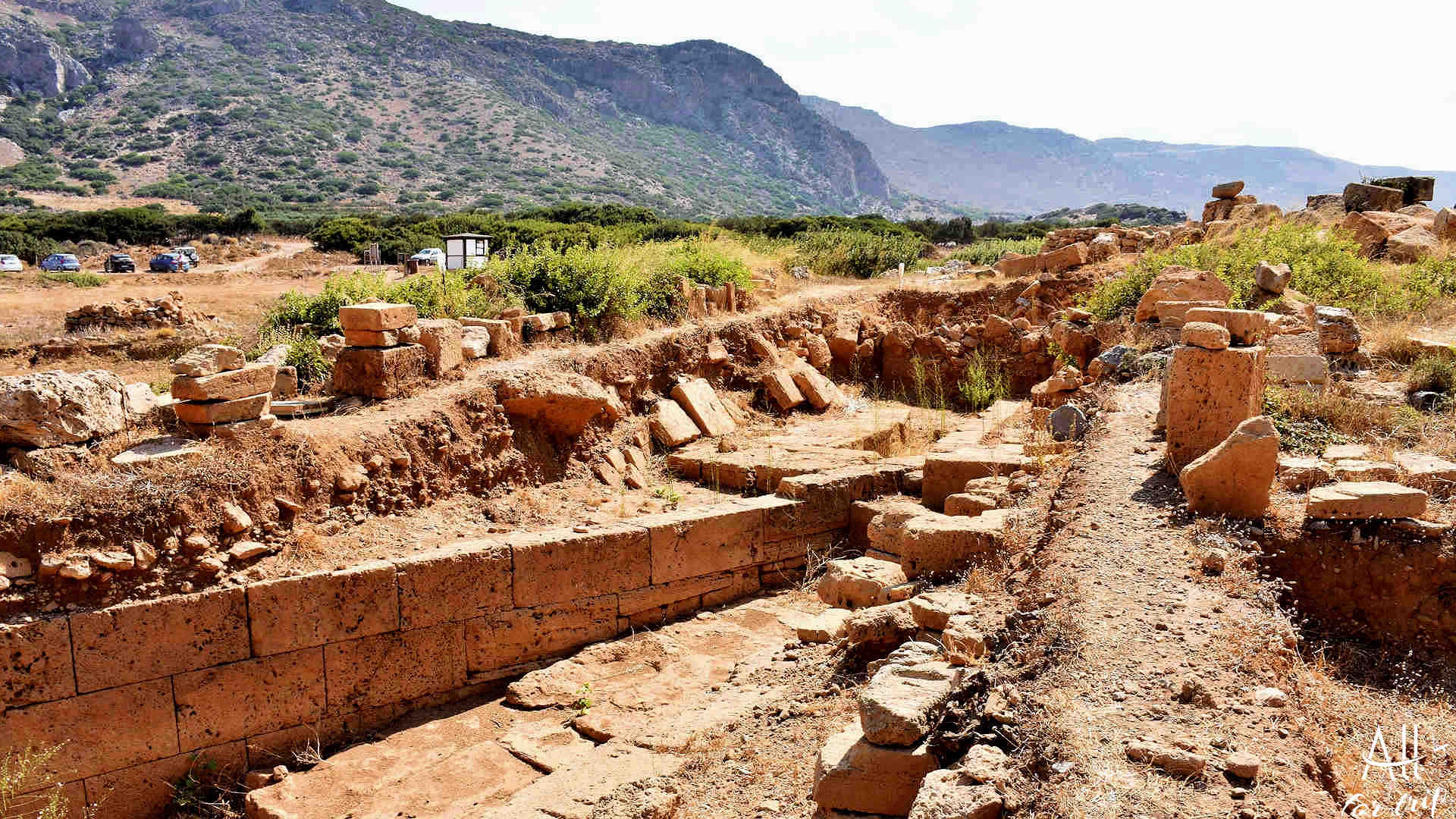
1966 – beginning of the first excavations. Several graves were excavated and hundreds of finds were made. The finds can be seen in the museums of Kisamos and Chania.
1986 – Beginning of research excavations. This excavation revealed, the currently visible remains of the city.
Among the discoveries to date: towers, quays, defensive walls, roads, baths, water tanks, altars, warehouses and the remains of a winery attest, to the Phalasarna city-state’s heyday and grandeur.
Excavations are still underway.
Today, no one yet knows, how many more secrets the former city-state hides: Phalasarna.
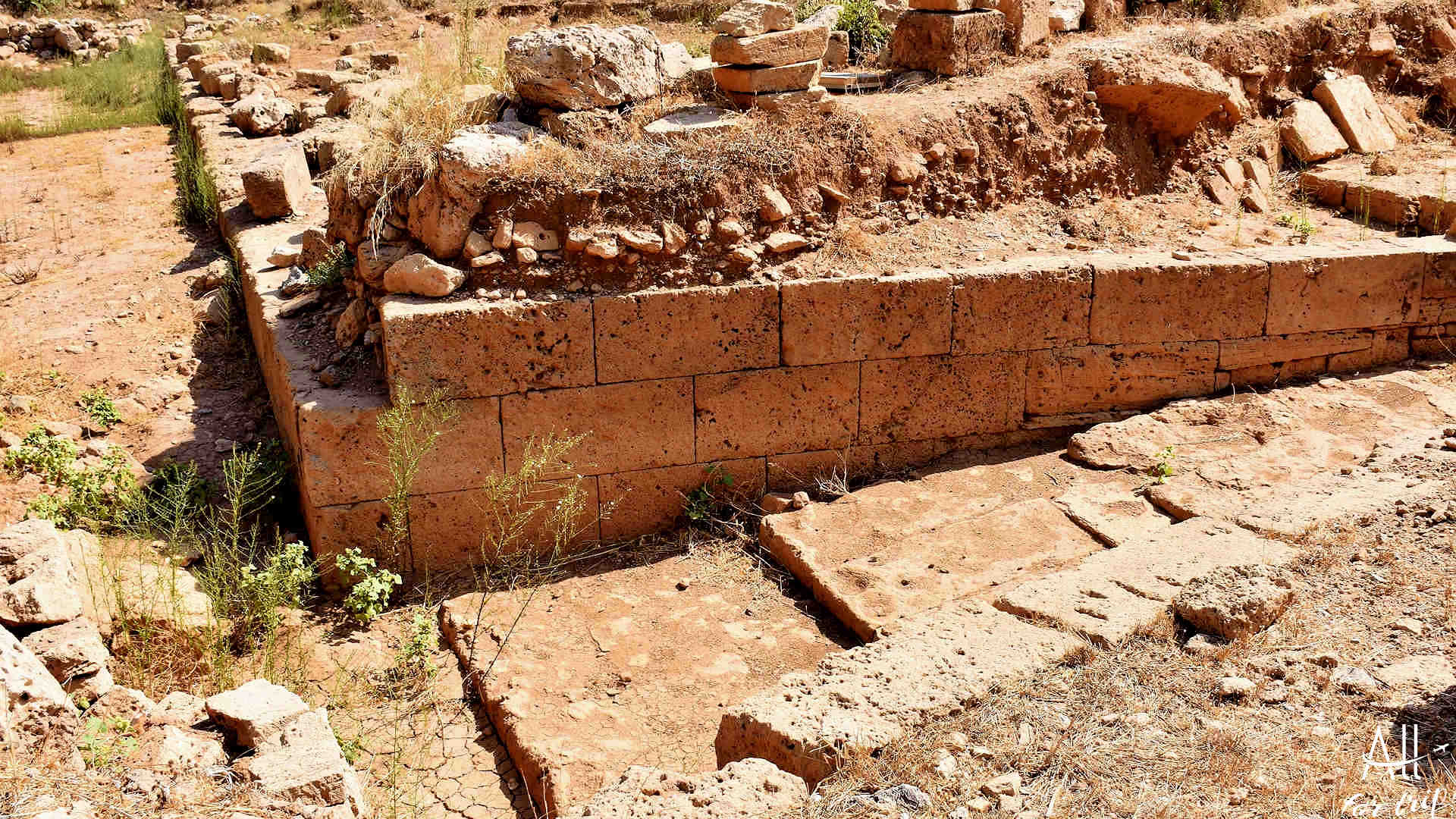

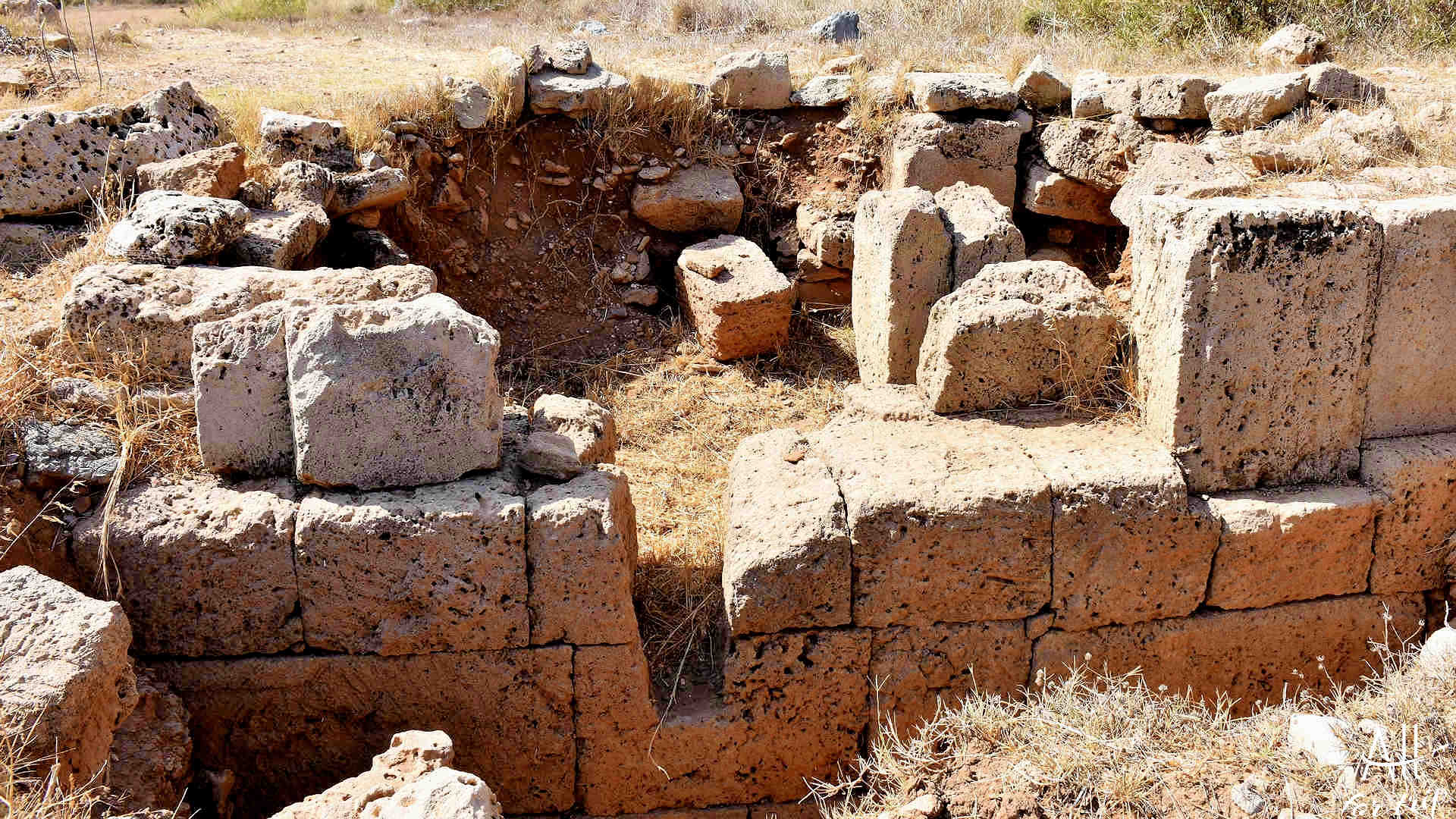
The Phalasarna city
The city was protected on all sides by city walls, to which were connected several sandstone towers and bastions.
The “closed harbor”, which the Phalasarnians carved out of a lagoon. The closed port was protected on all sides by city walls, it was surrounded by quays and defensive towers. The harbor design has Phoenician elements.
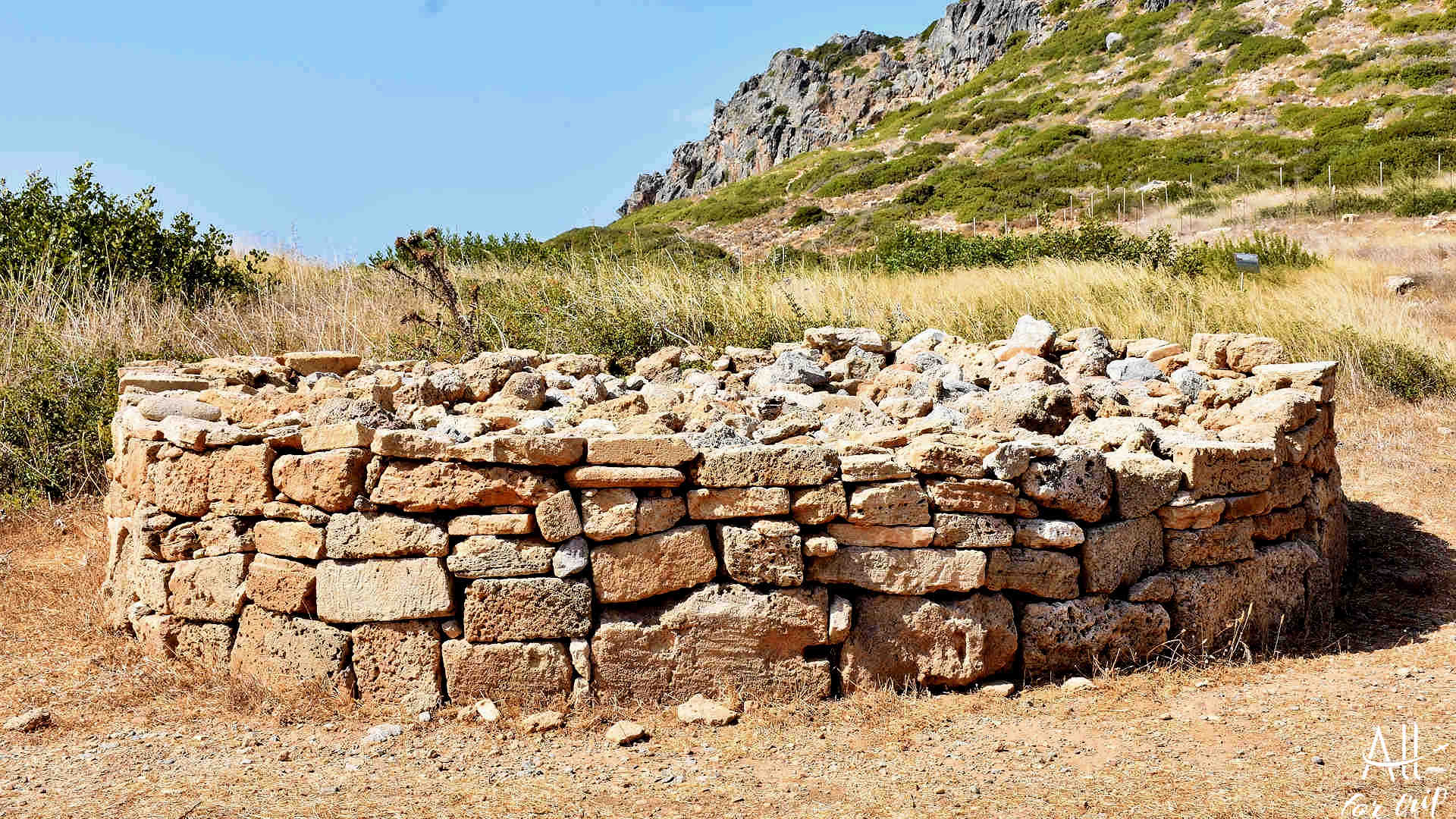
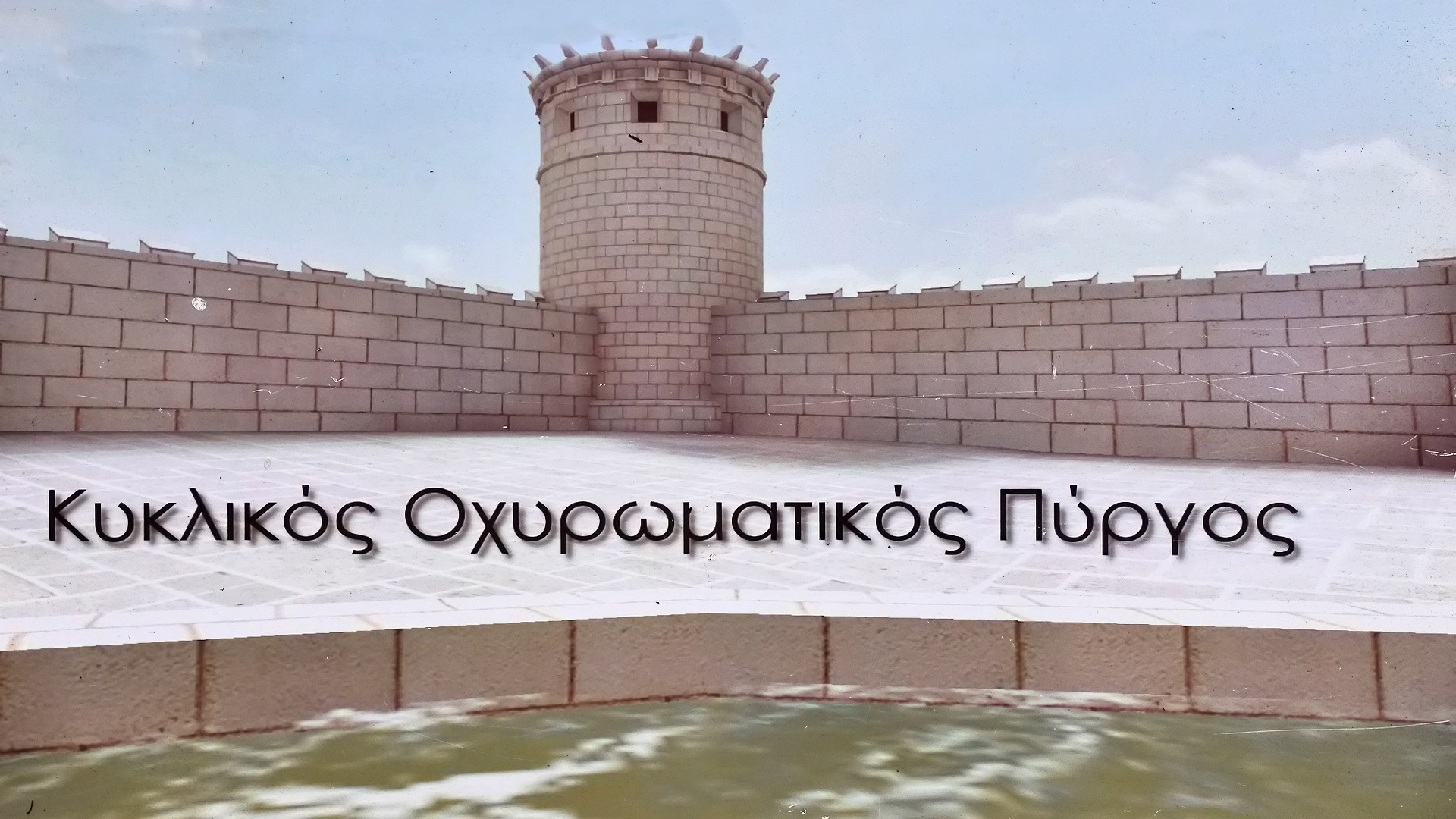
The port was connected to the sea through two artificial canals.
Remarkable finds in the port area include, the remains of roads, wells, warehouses, altars and baths.
The acropolis was built 90 meters high. The Acropolis has many remains, including a church dedicated to the goddess Dictynna.
The city was protected by watchtowers.
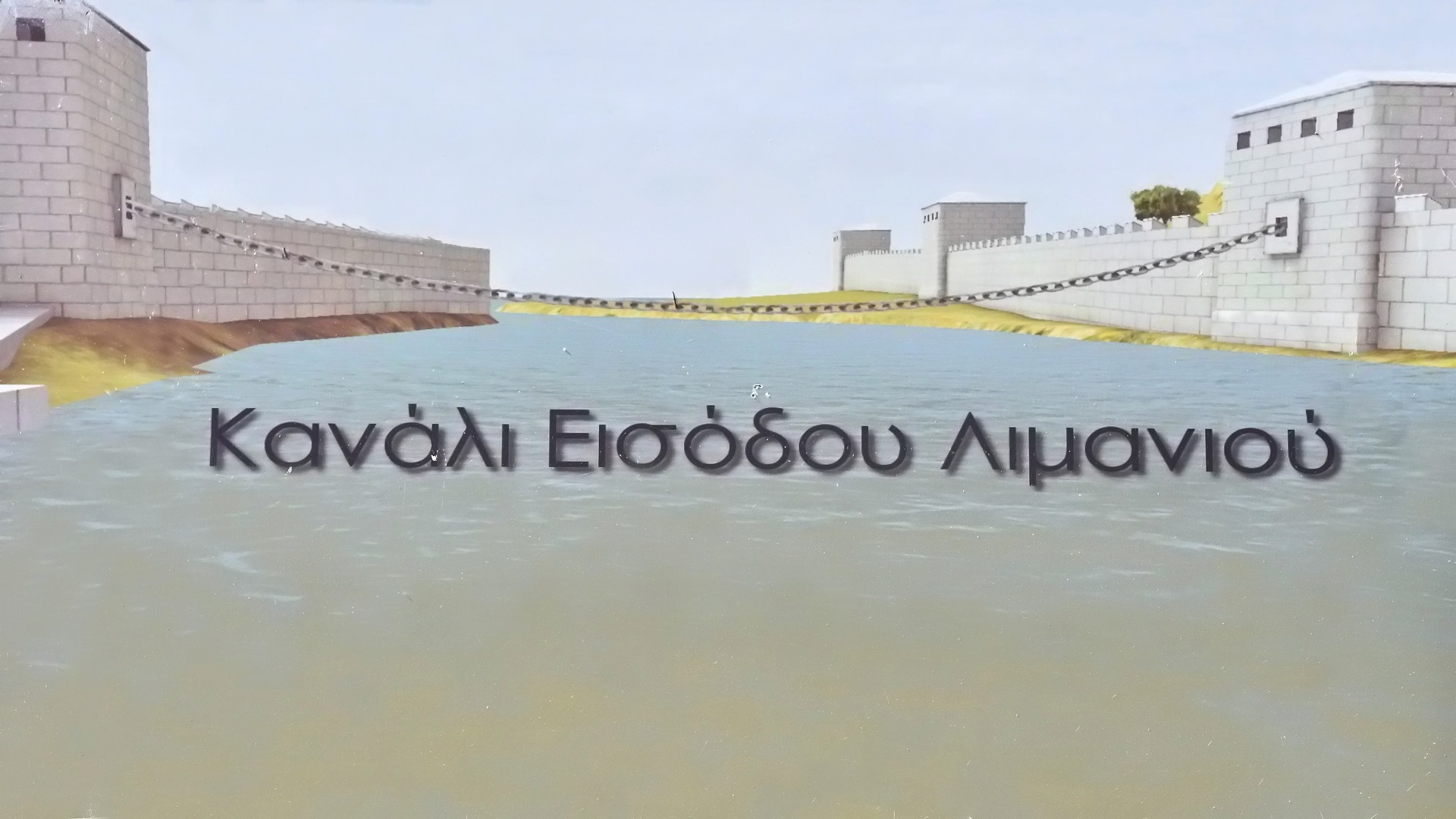
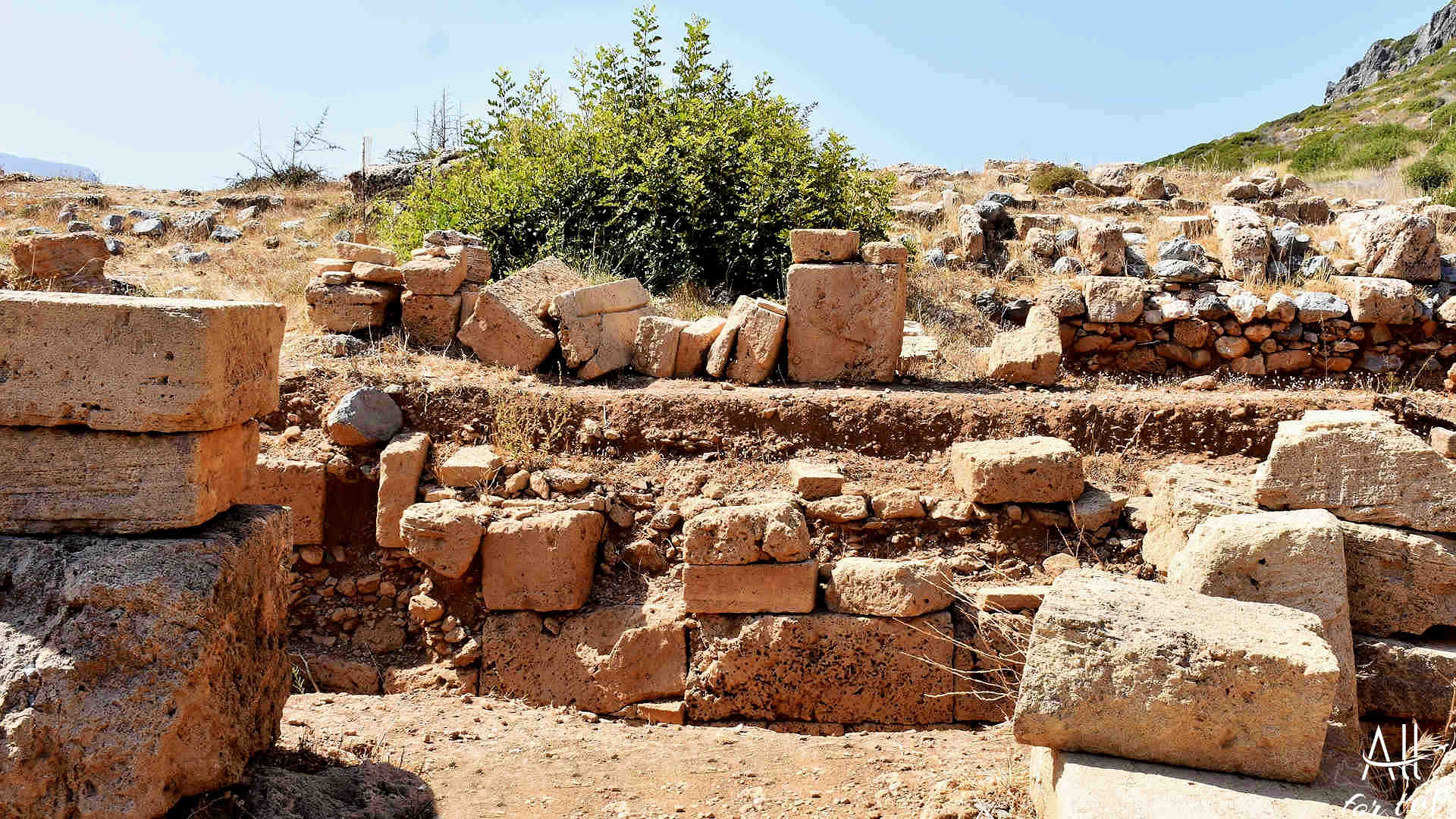
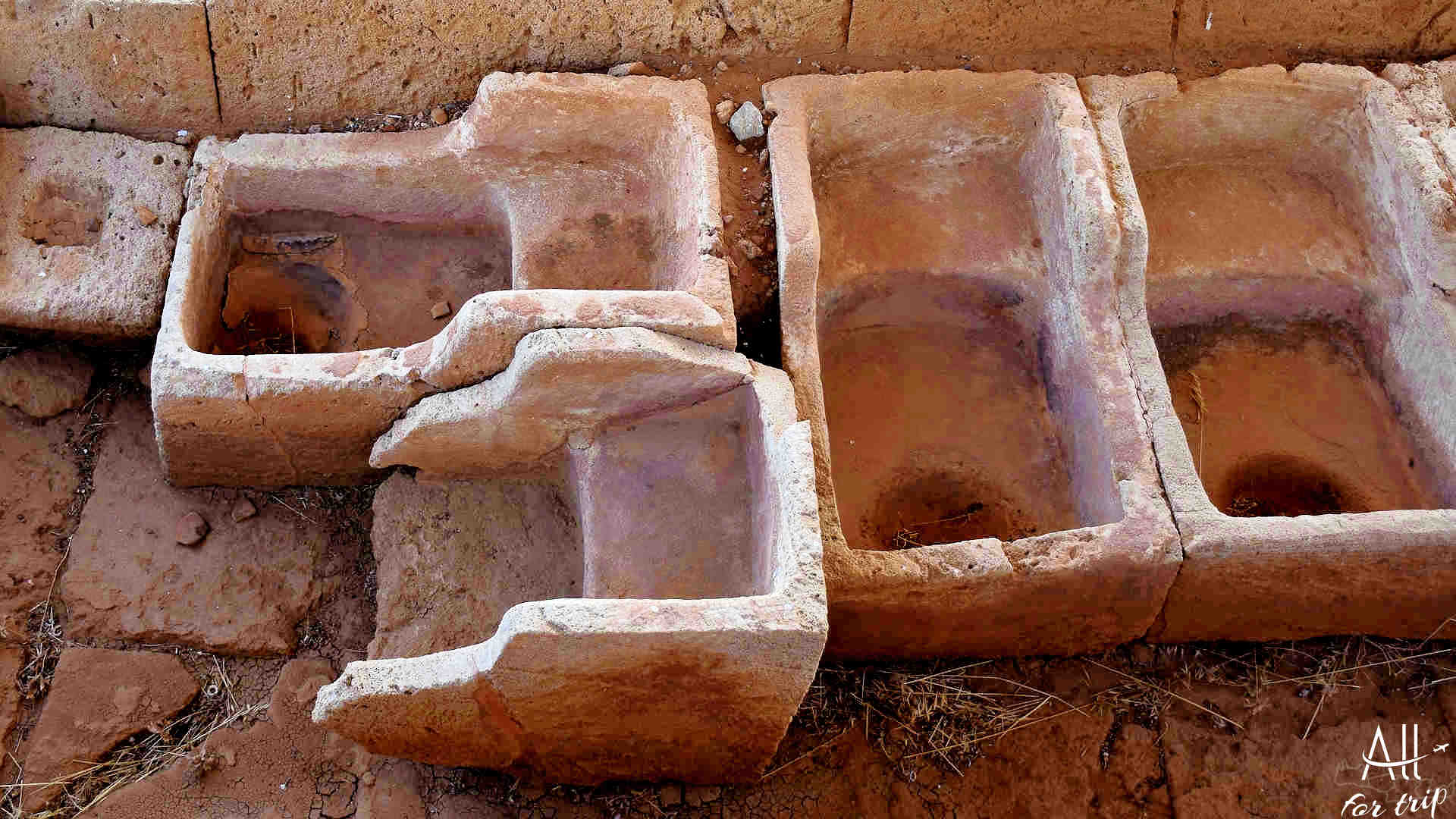
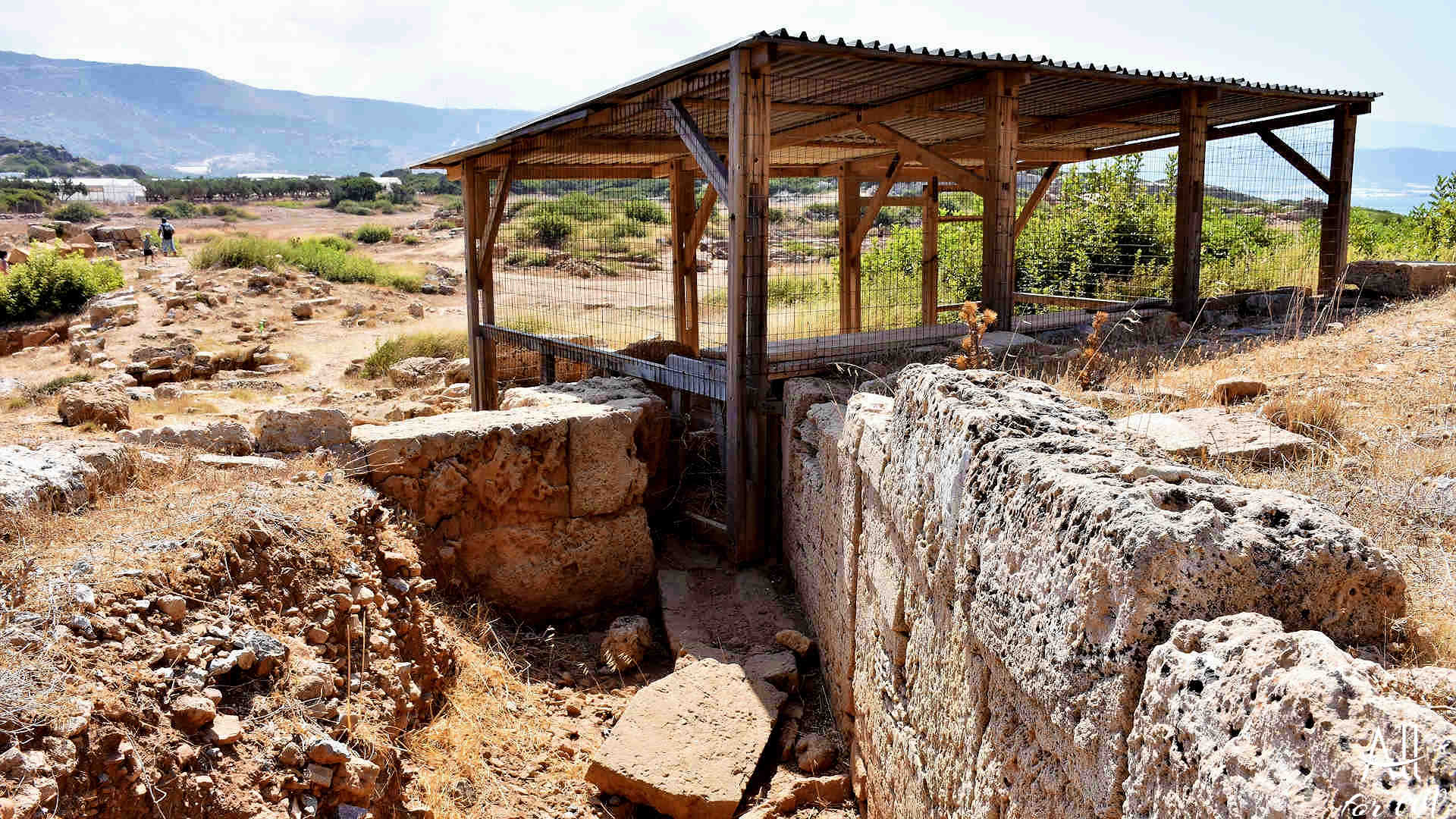
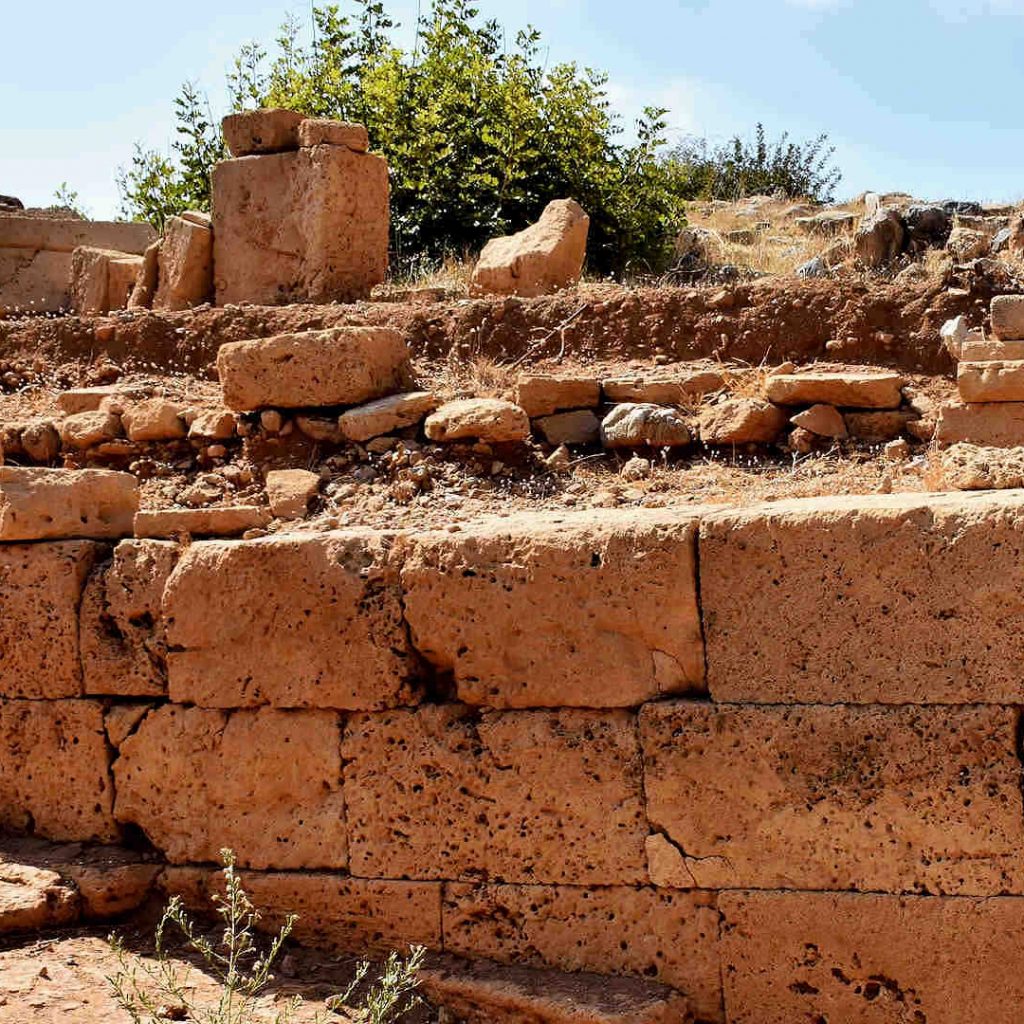
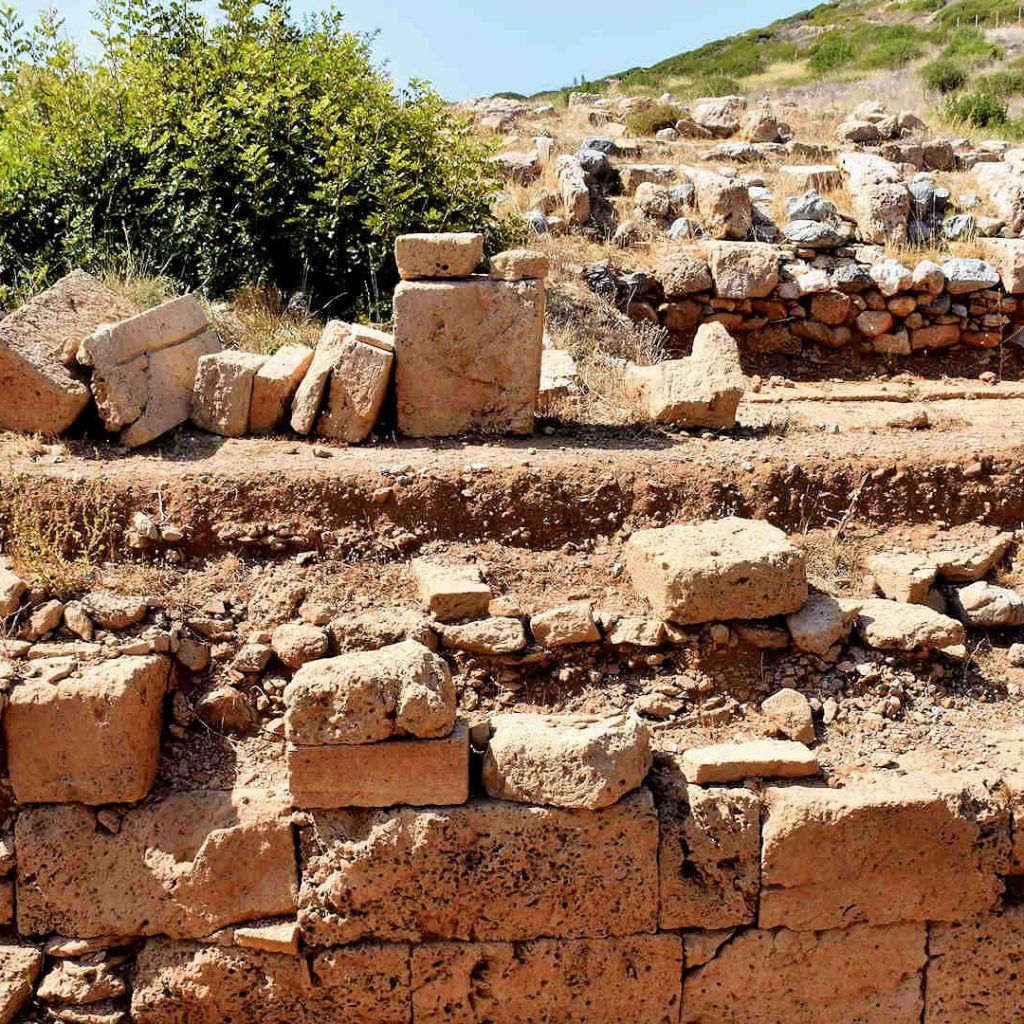
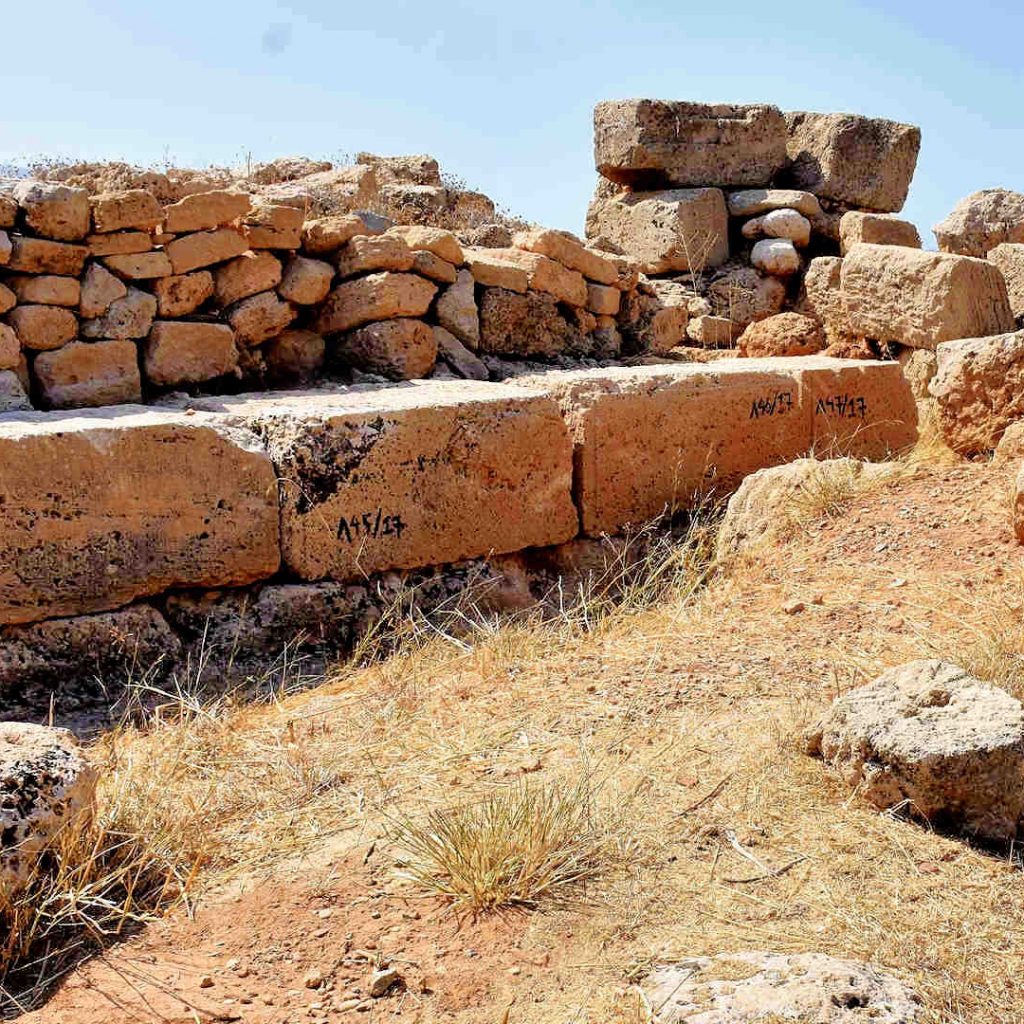

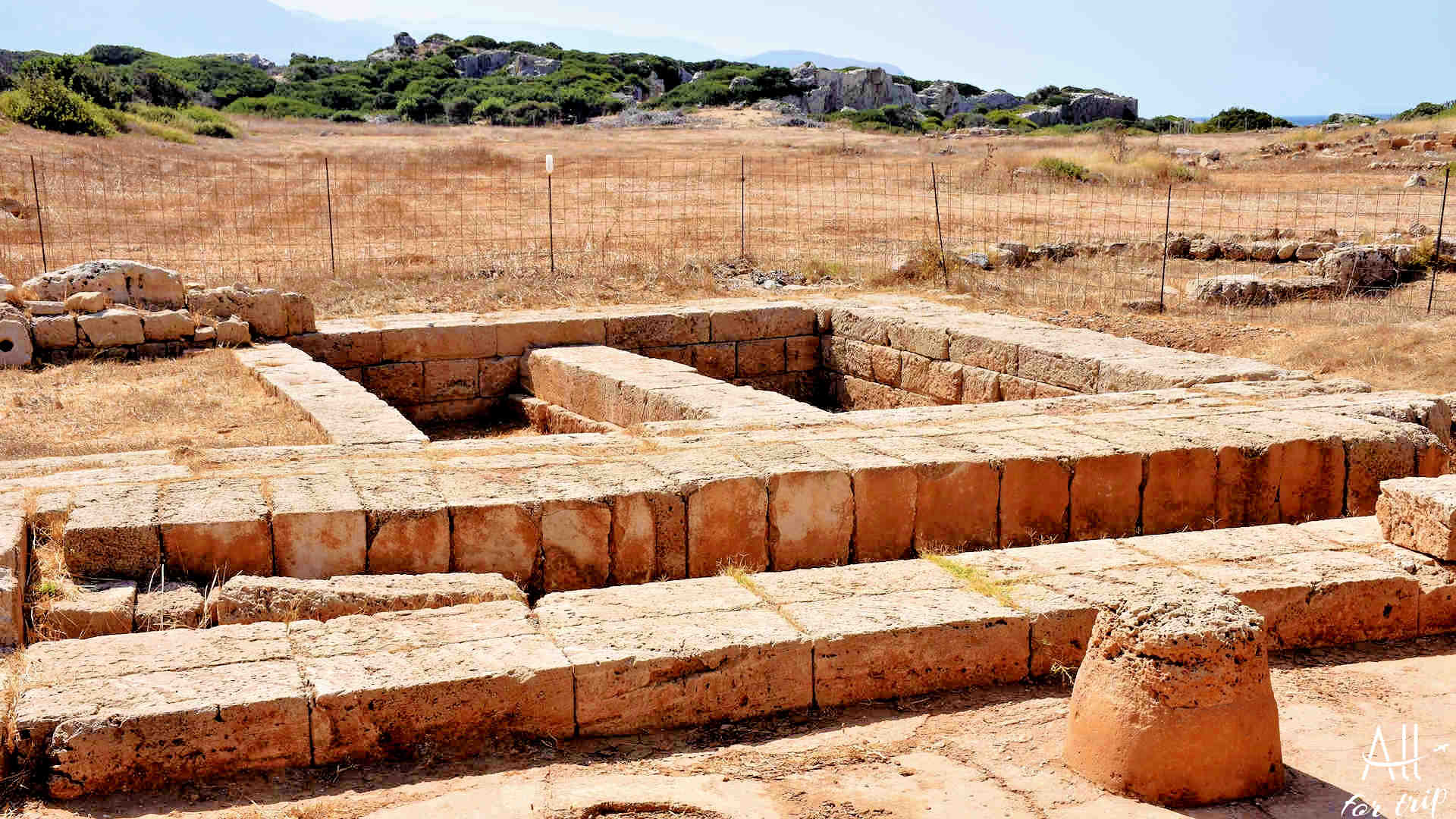
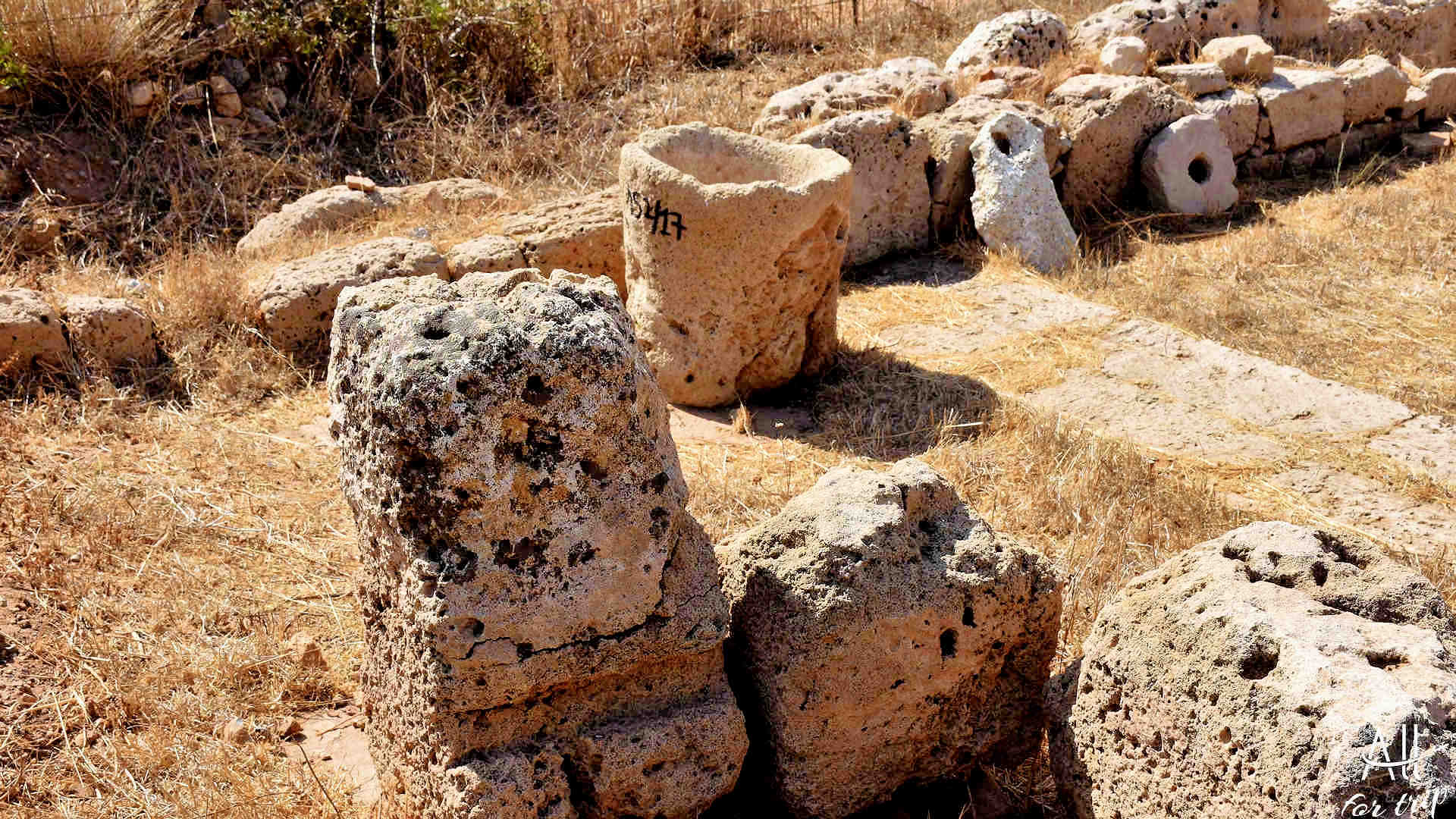
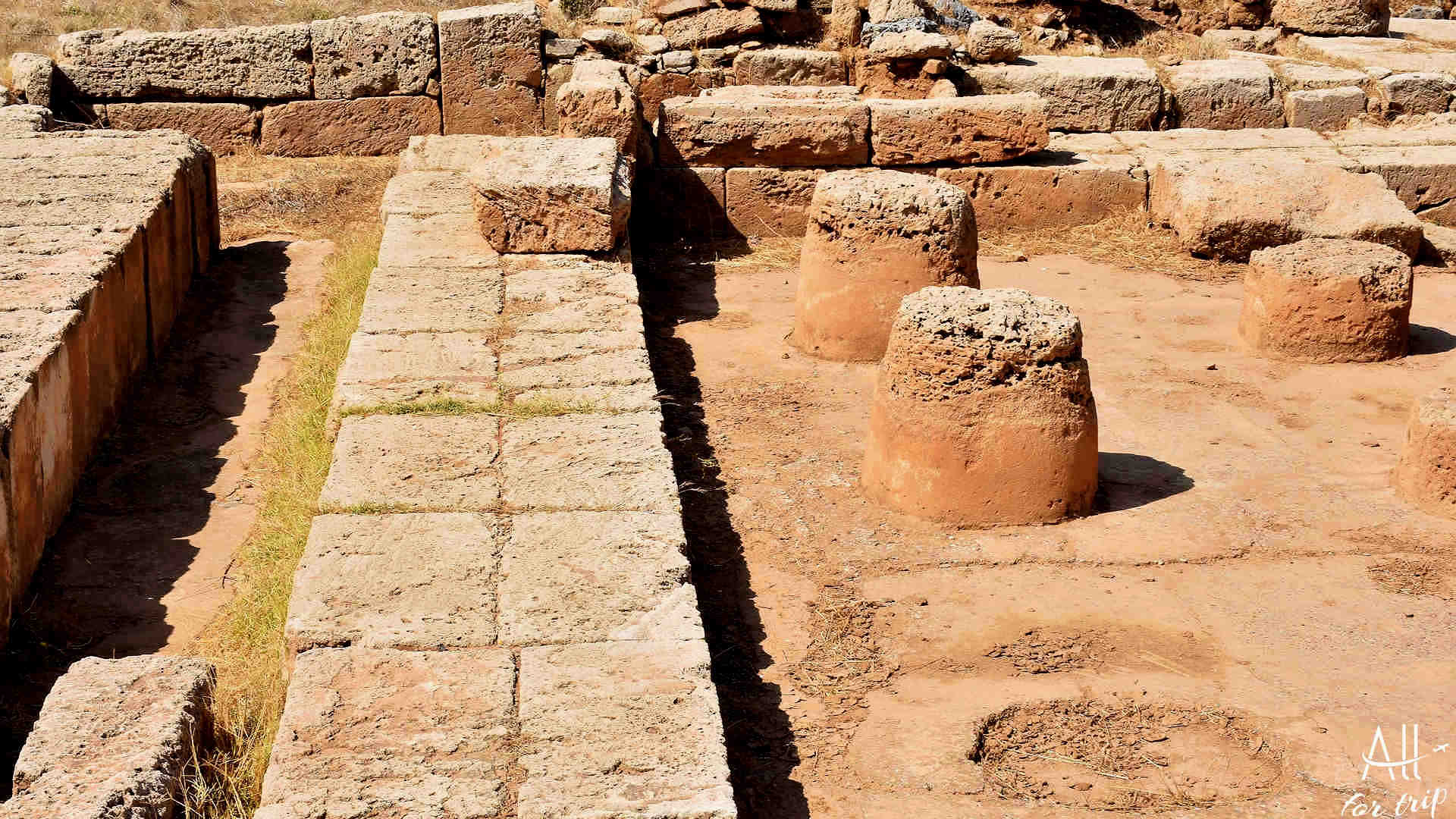
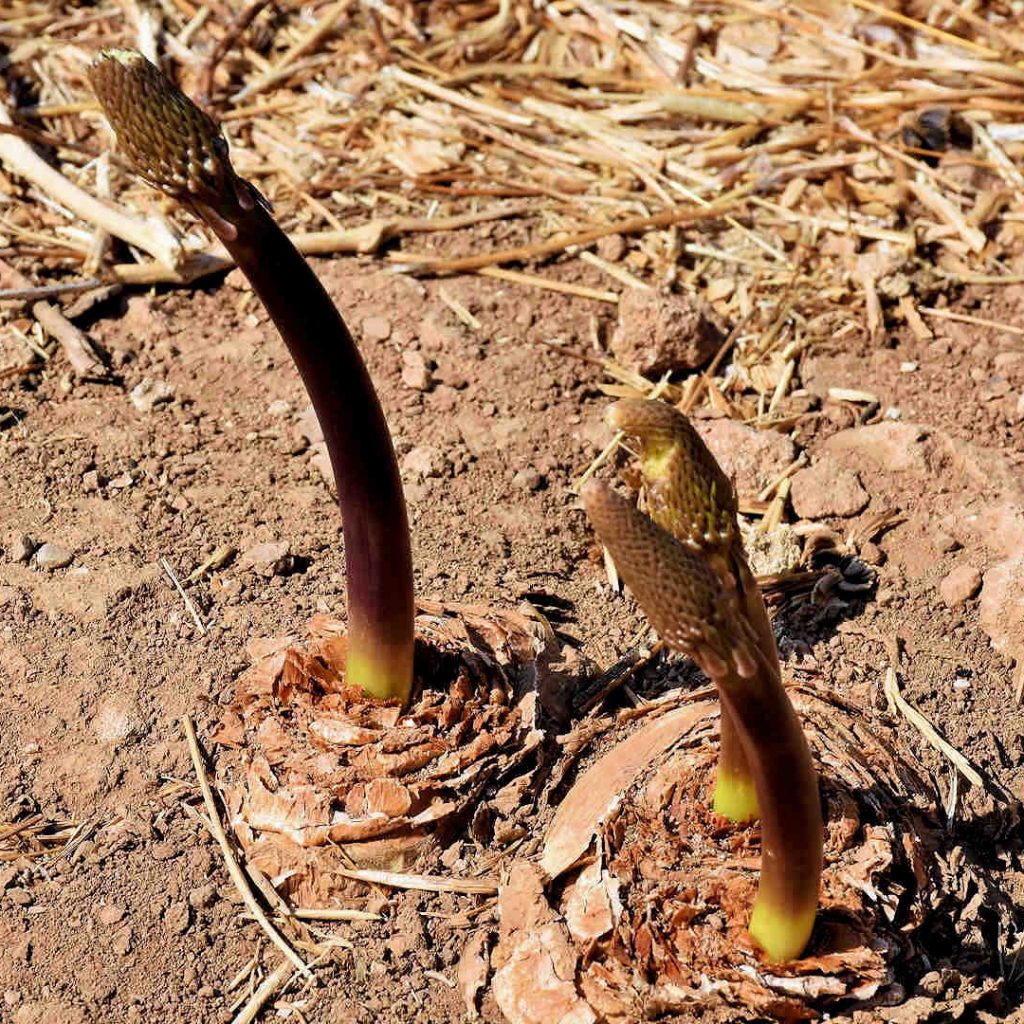


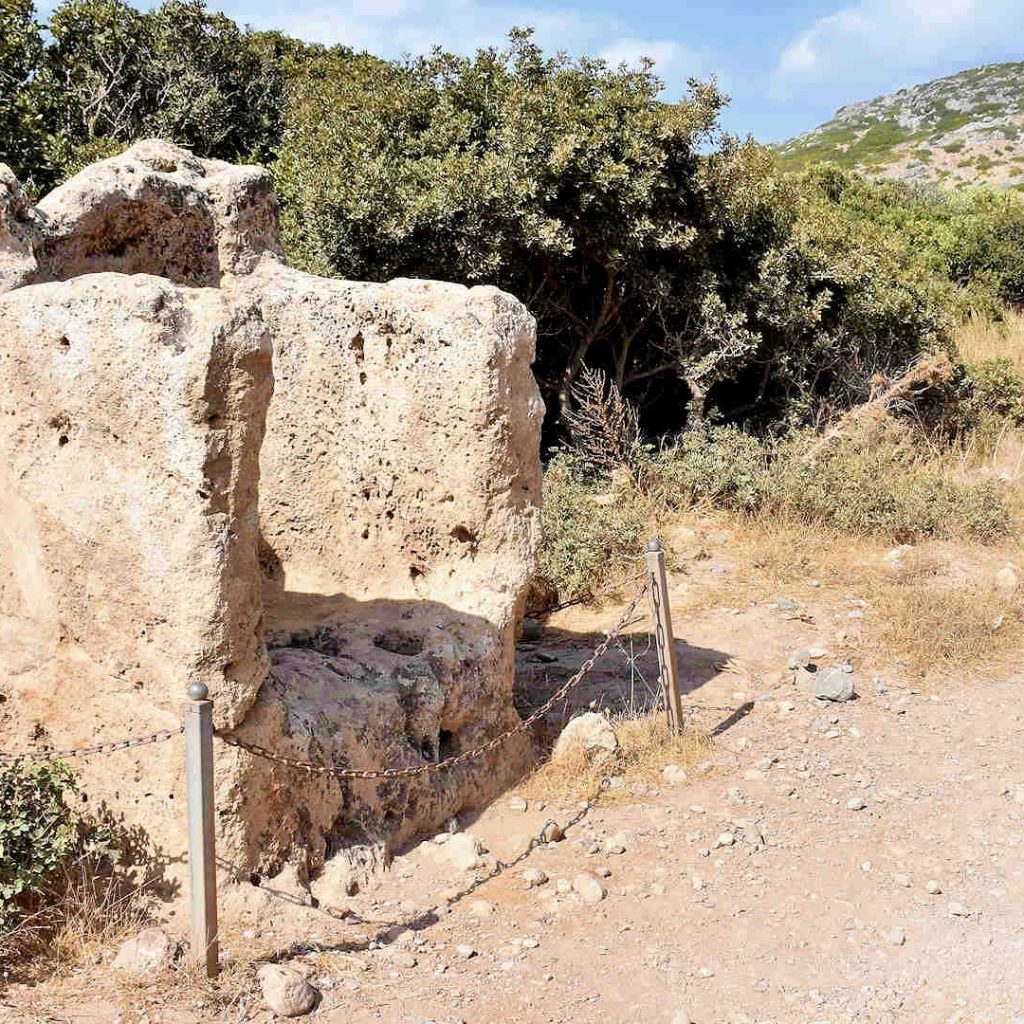
Phalasarna’s famous “throne” was probably dedicated, to the Phoenician goddess Astarte, the patron saint of sailors.
This can be seen along the road to the archaeological site.
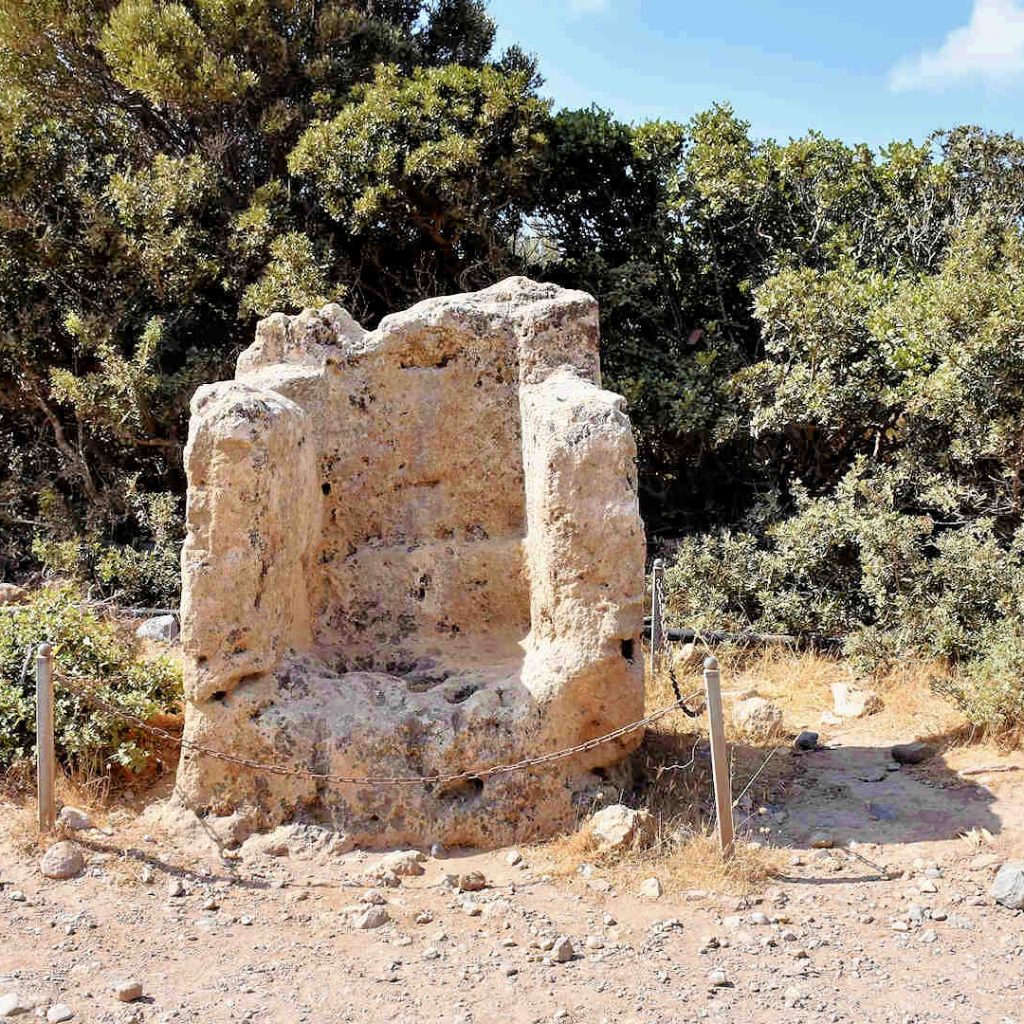
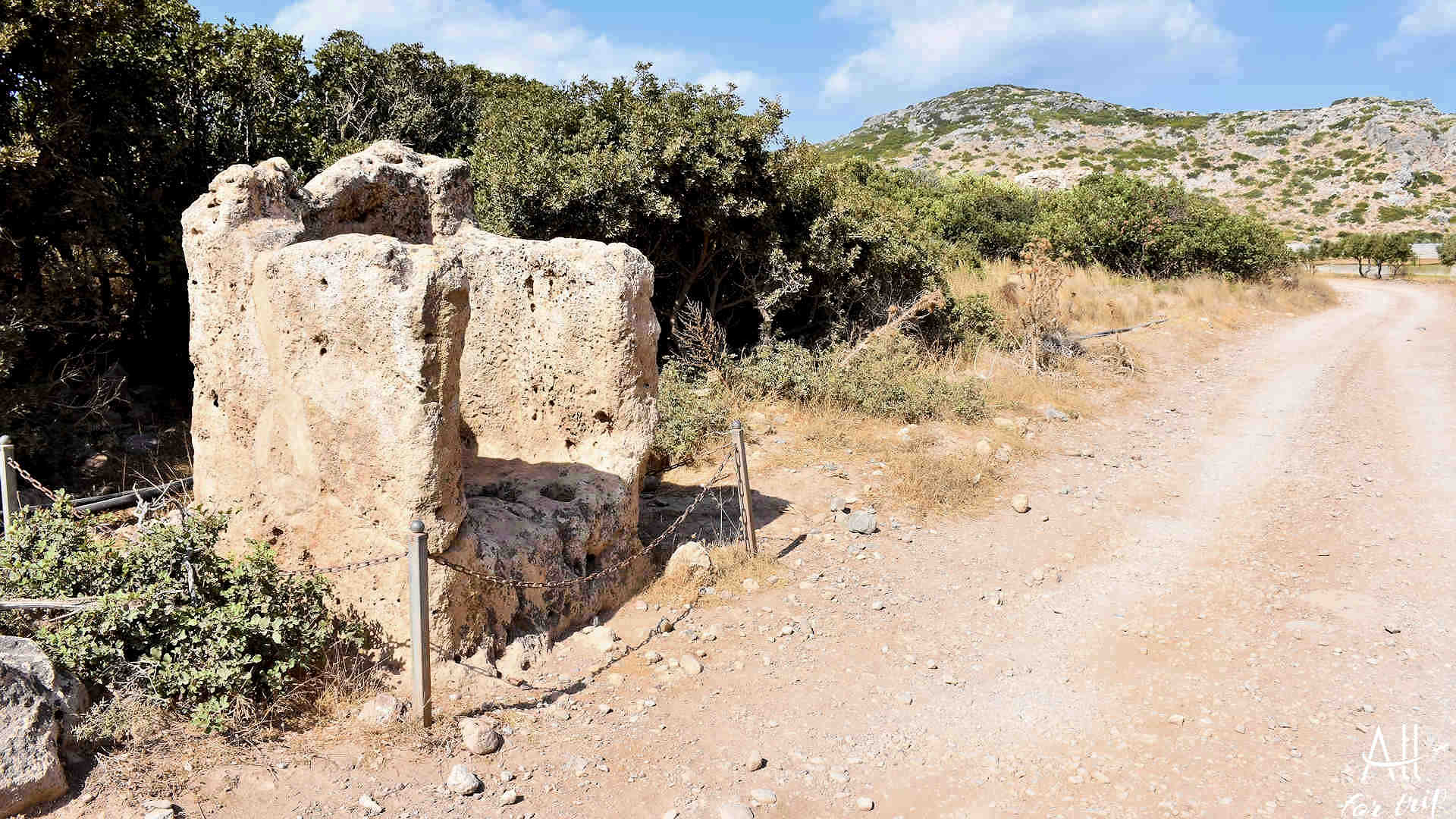
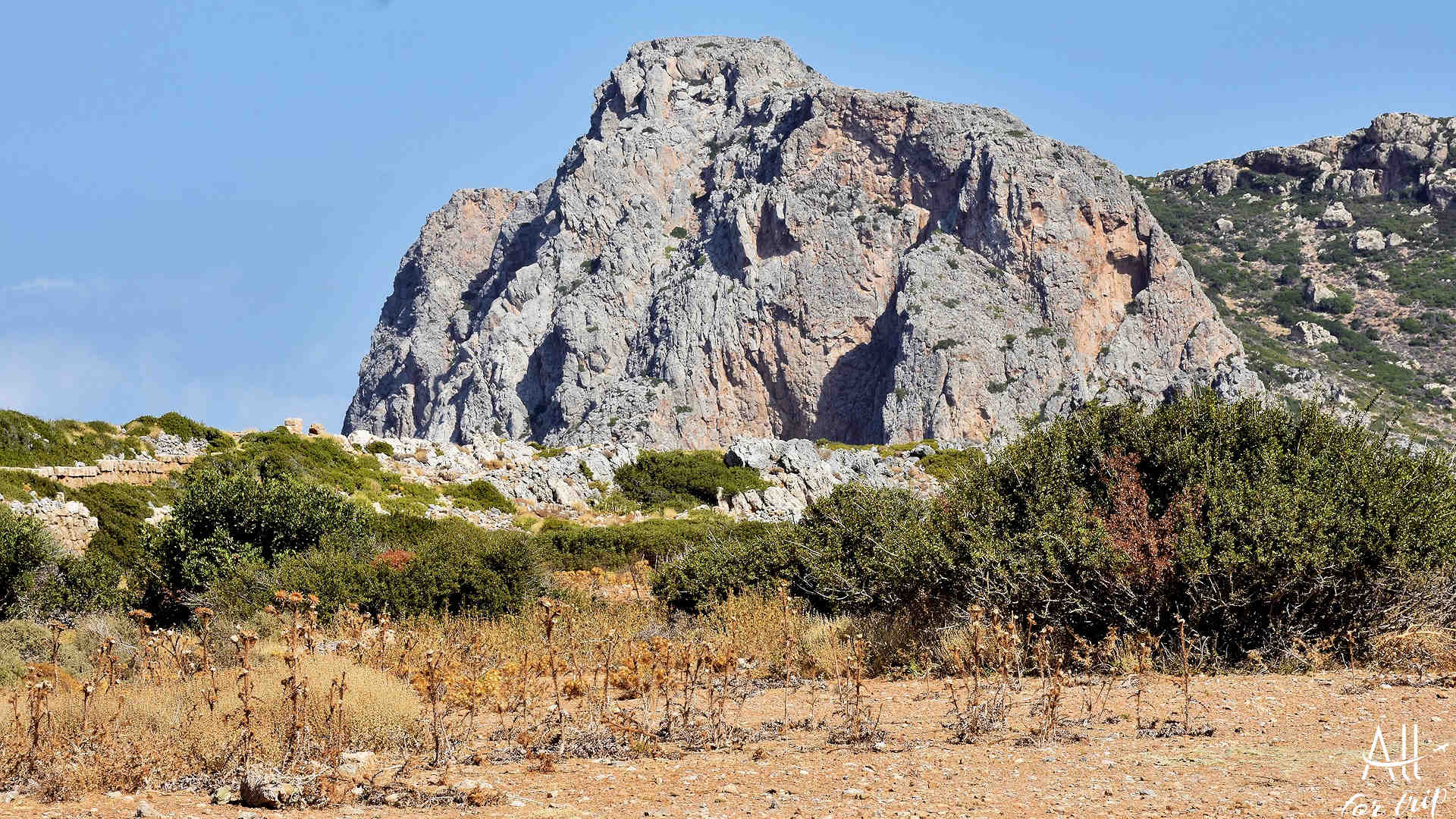
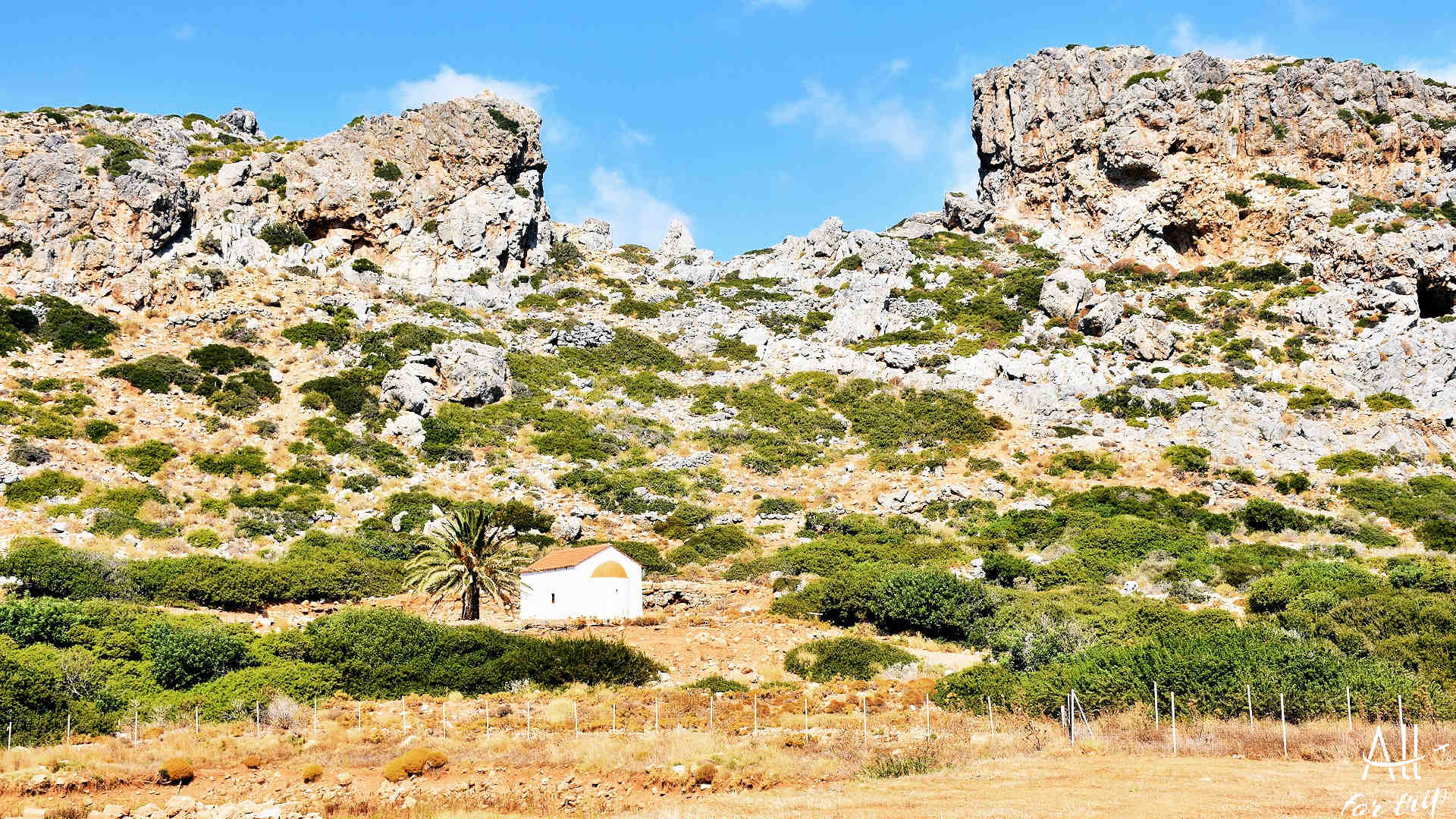


Comment (0)